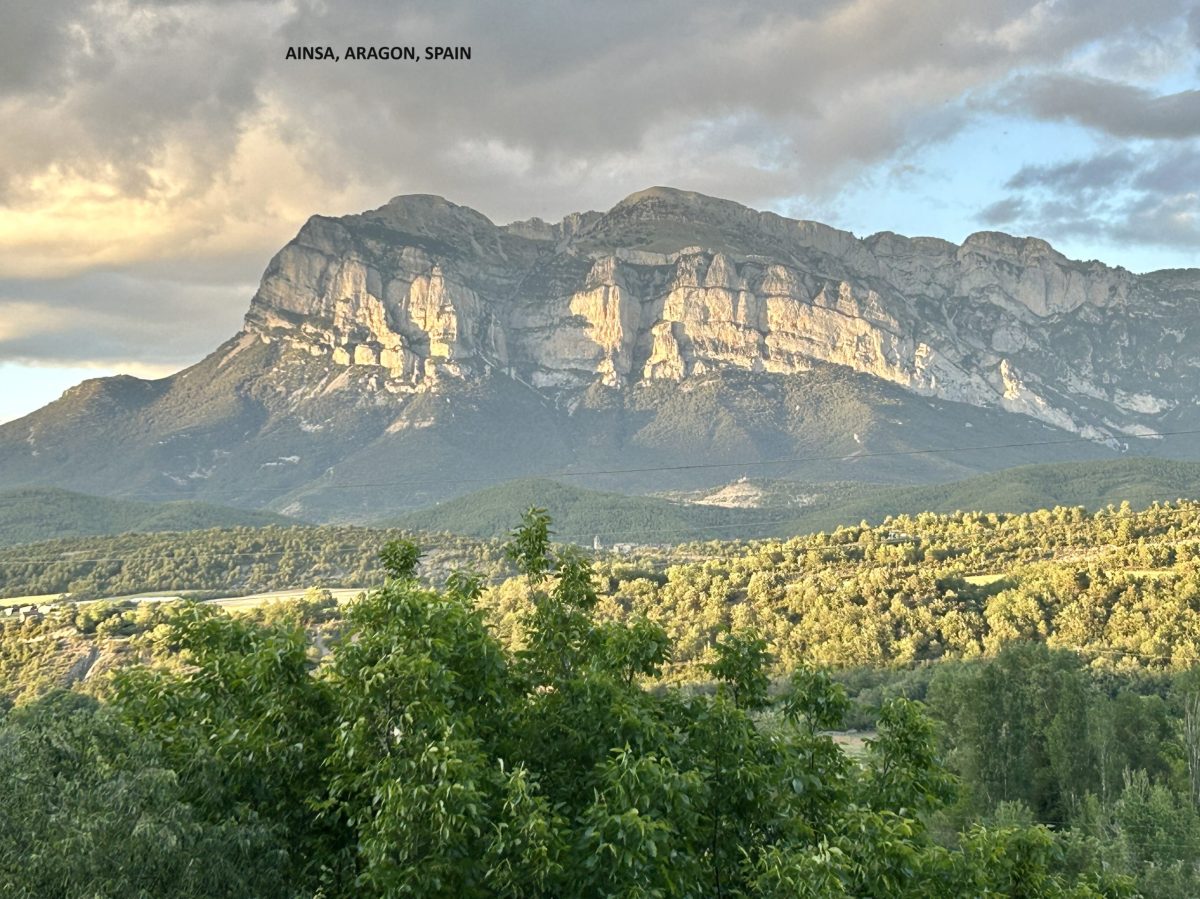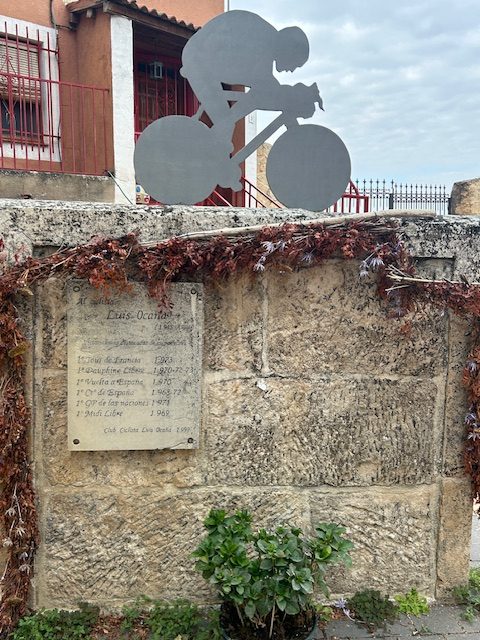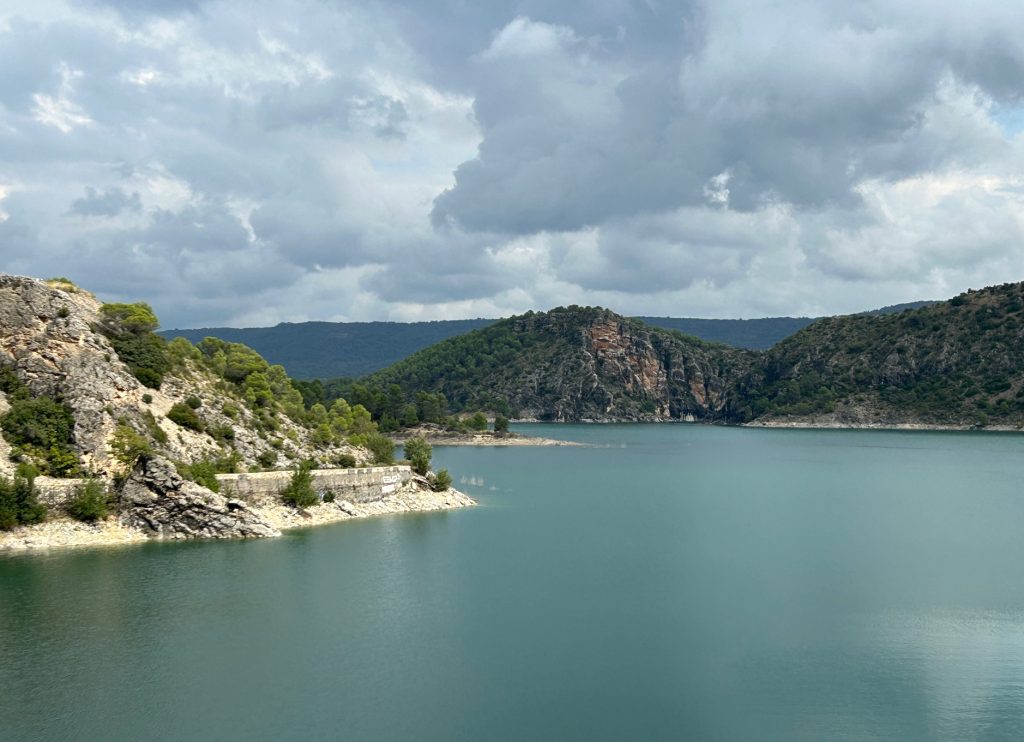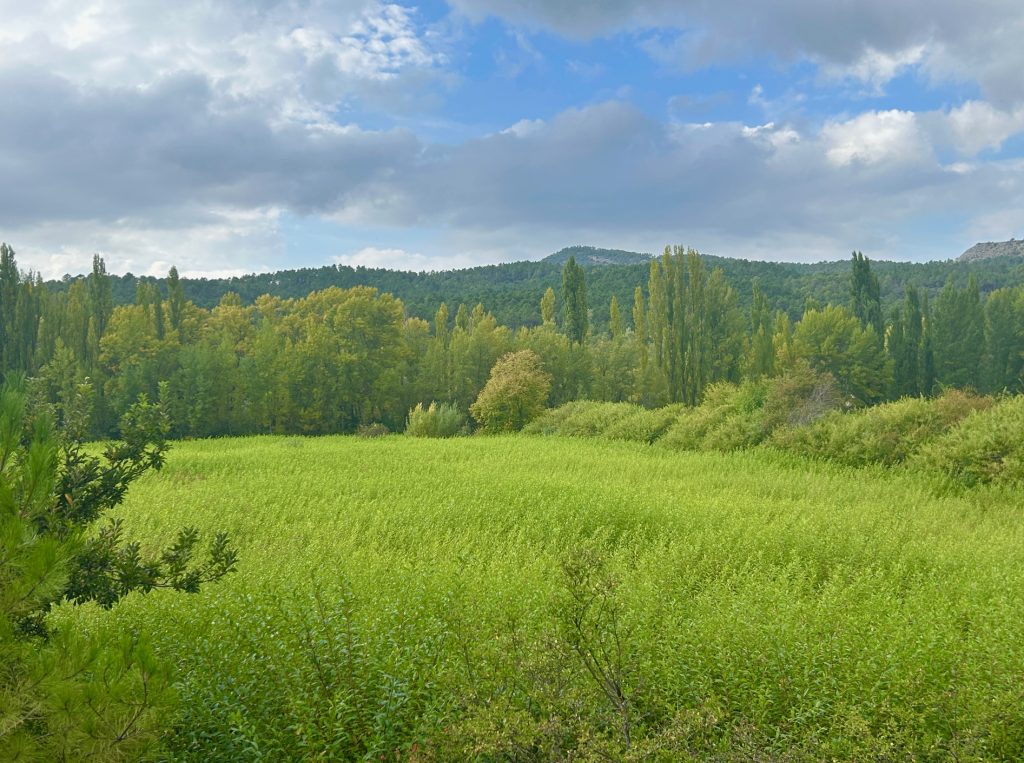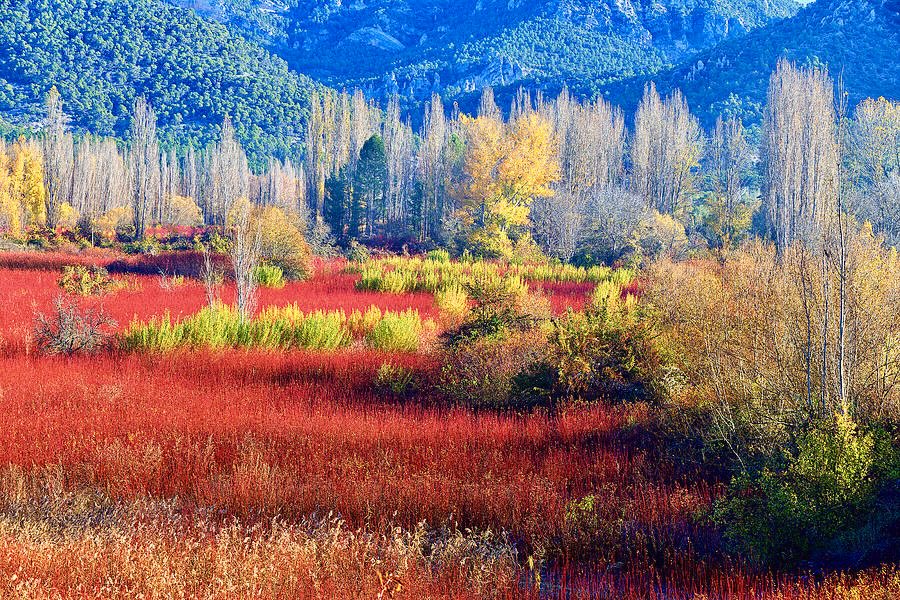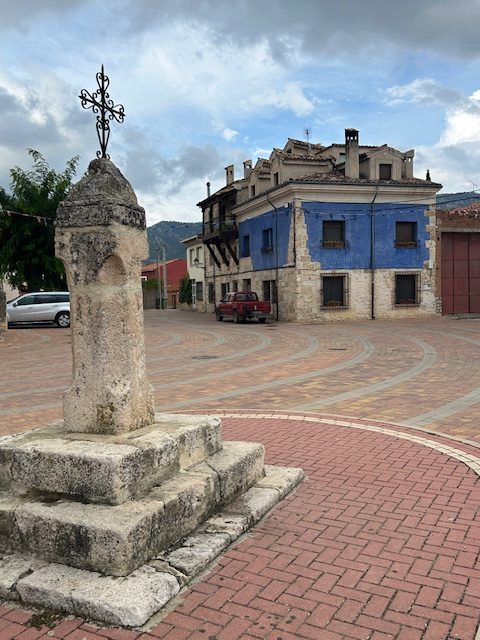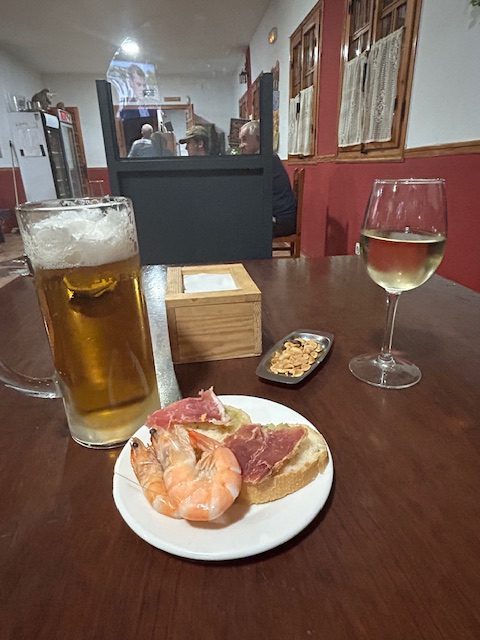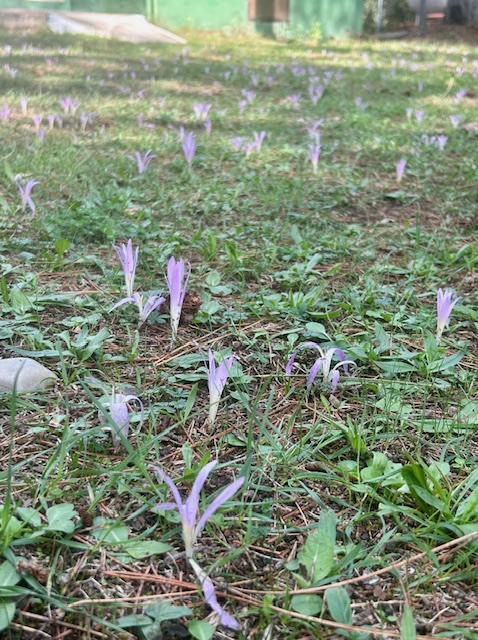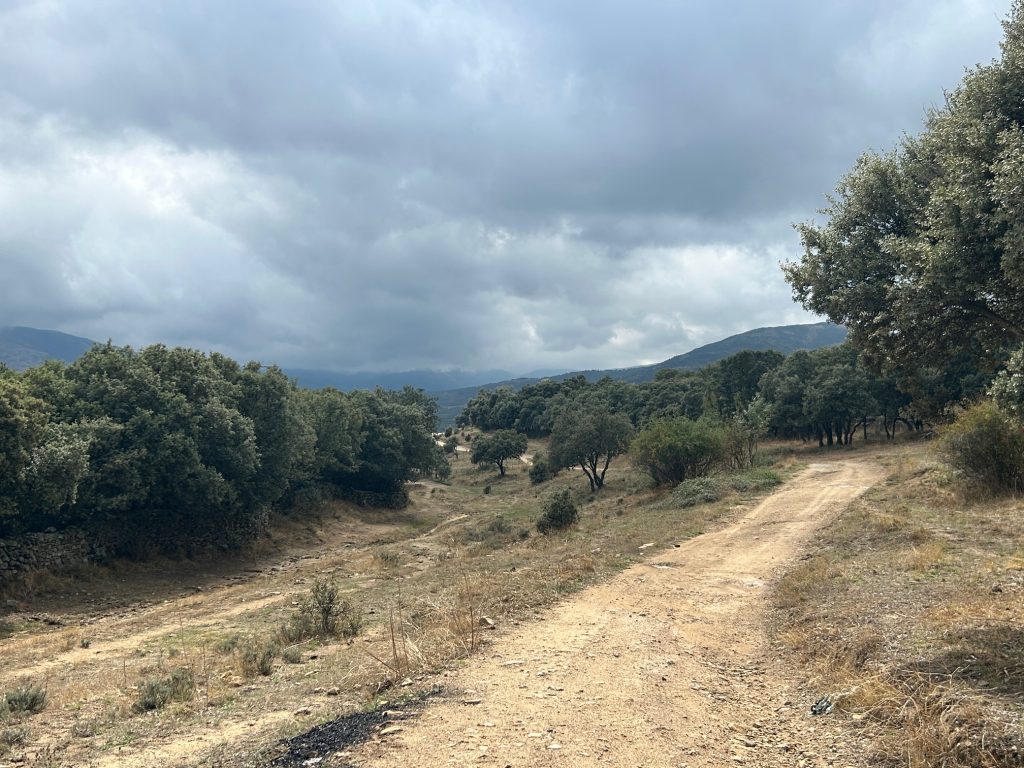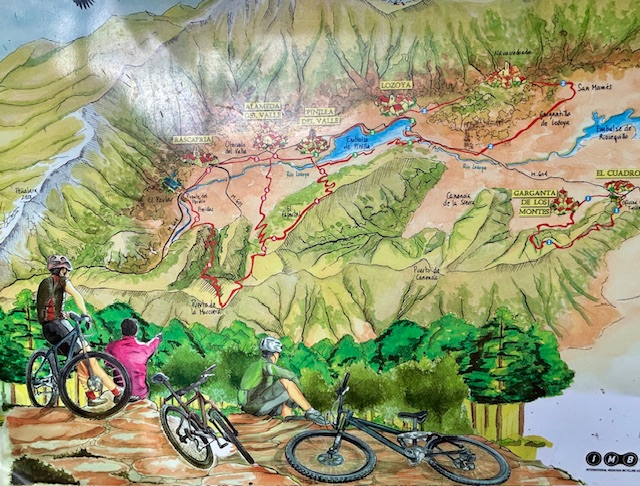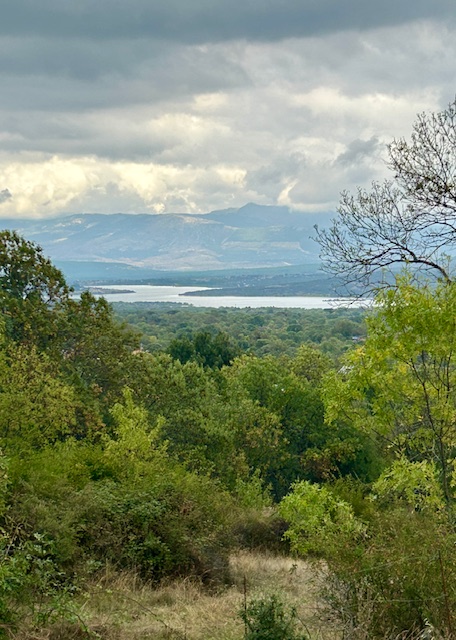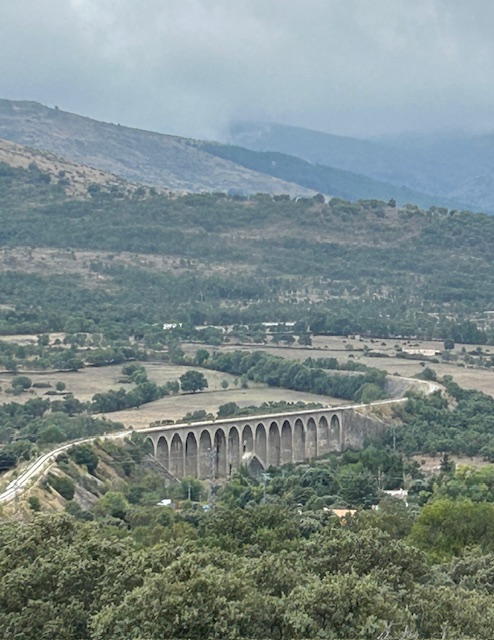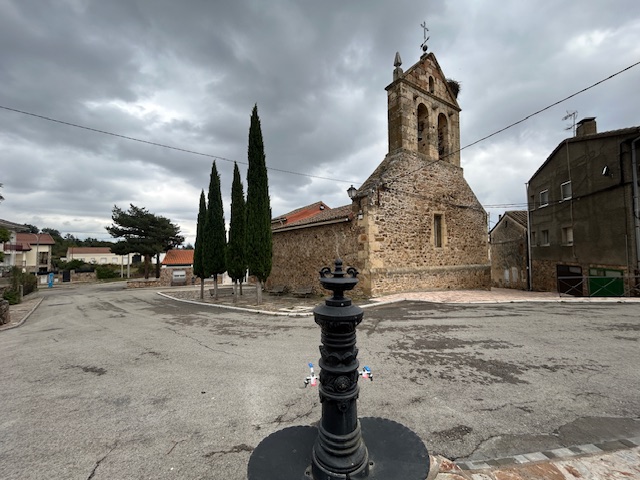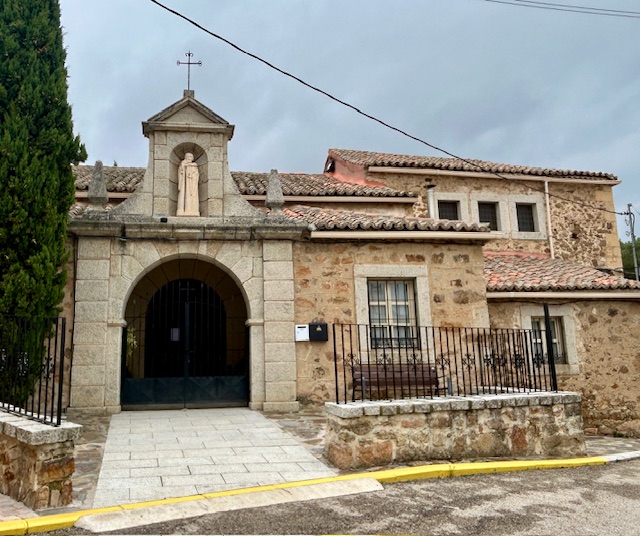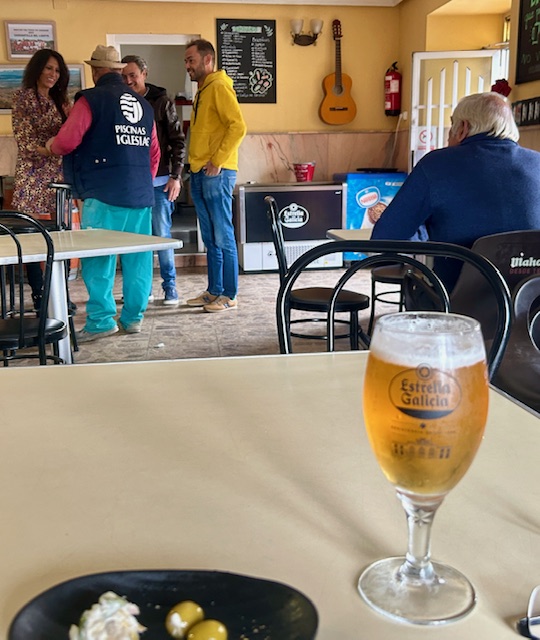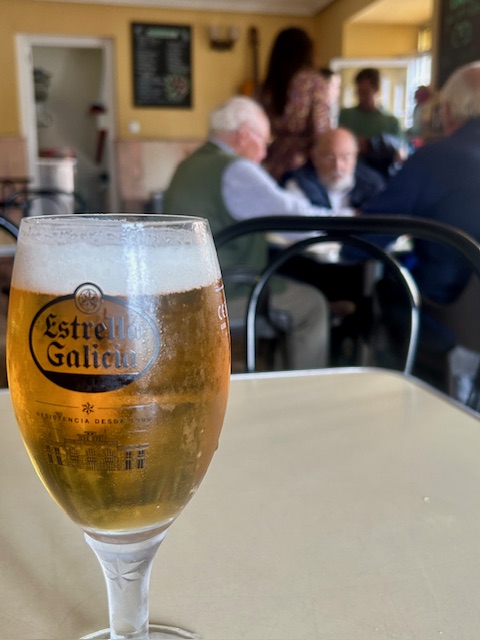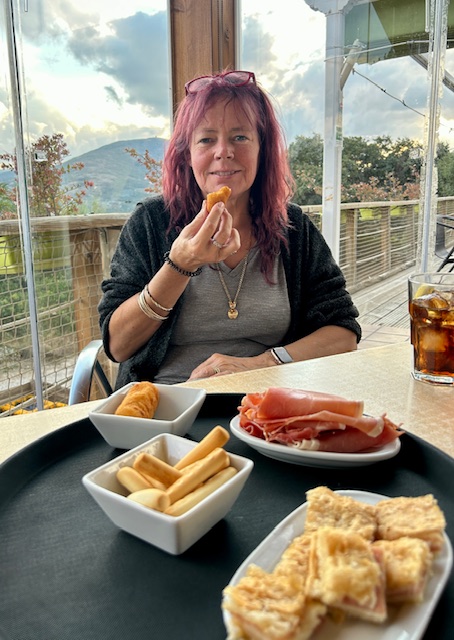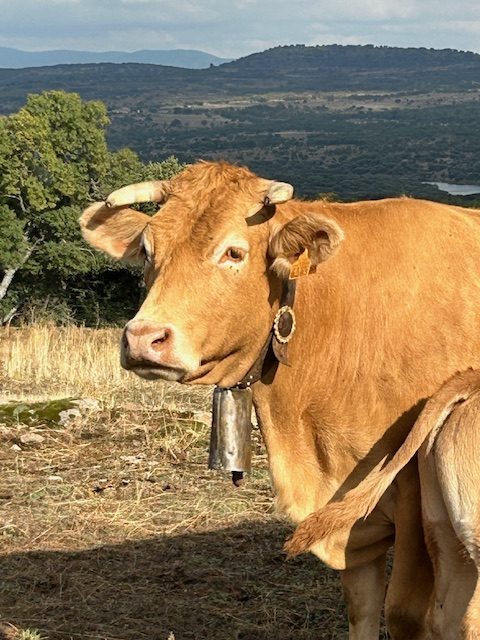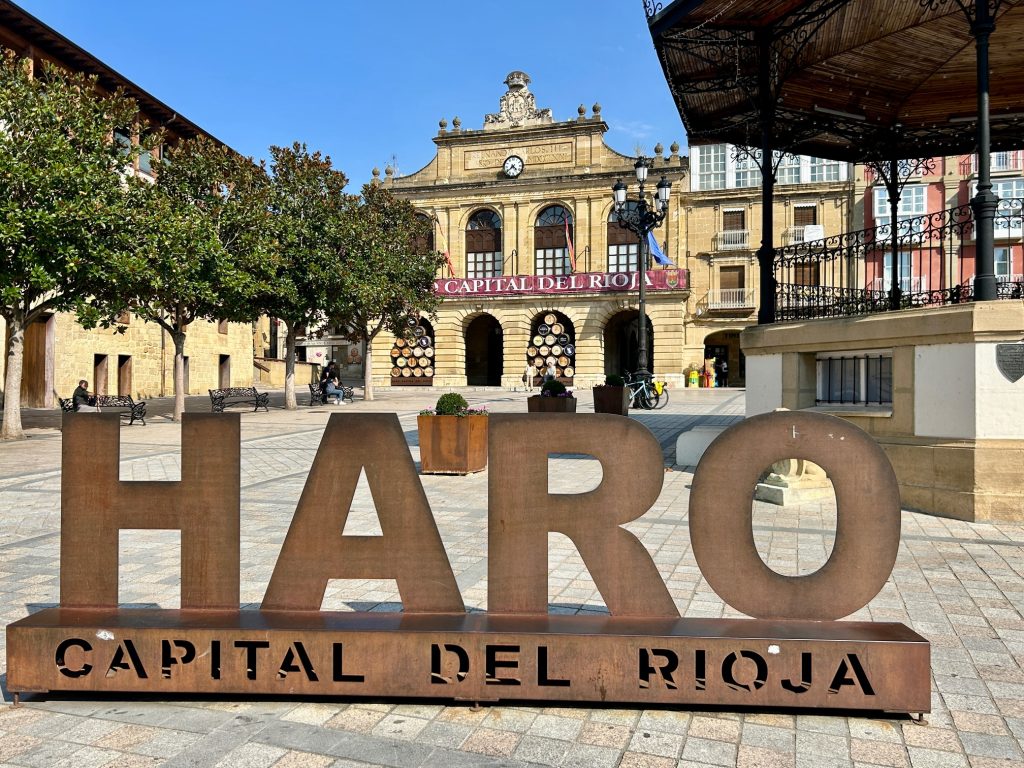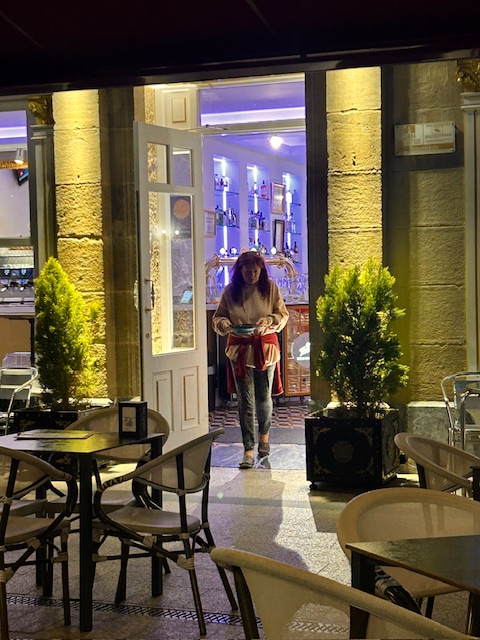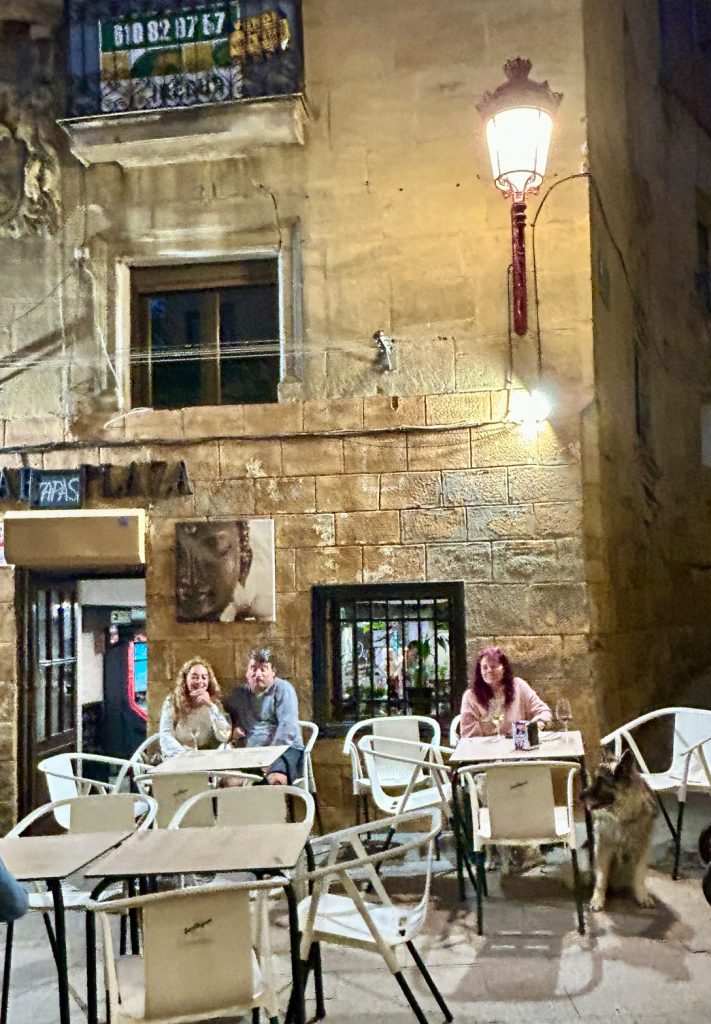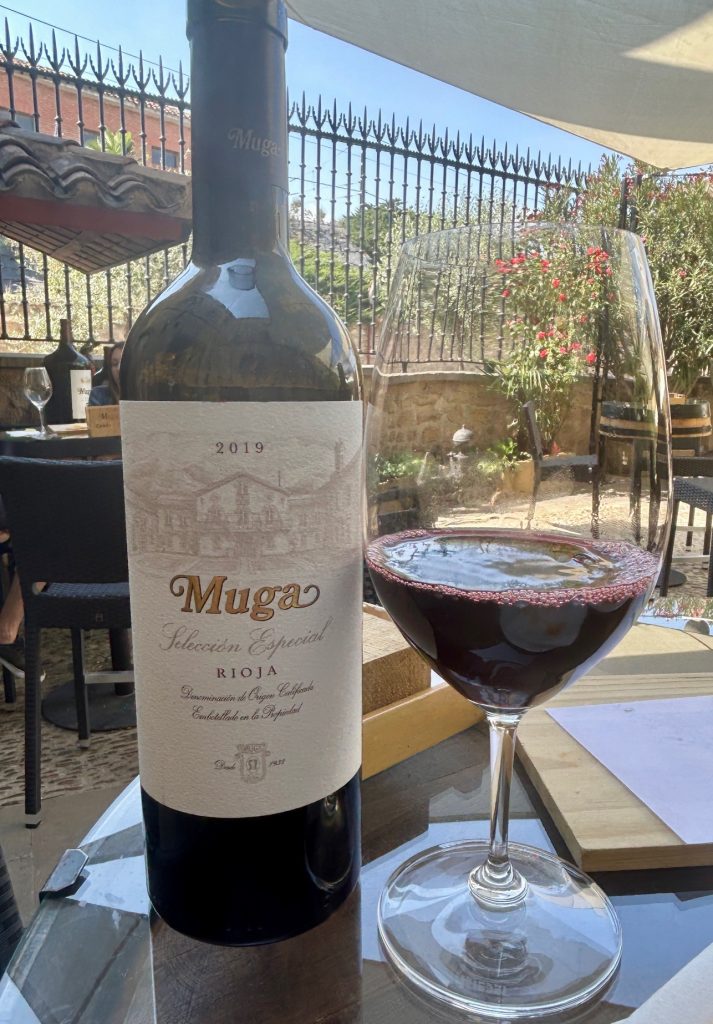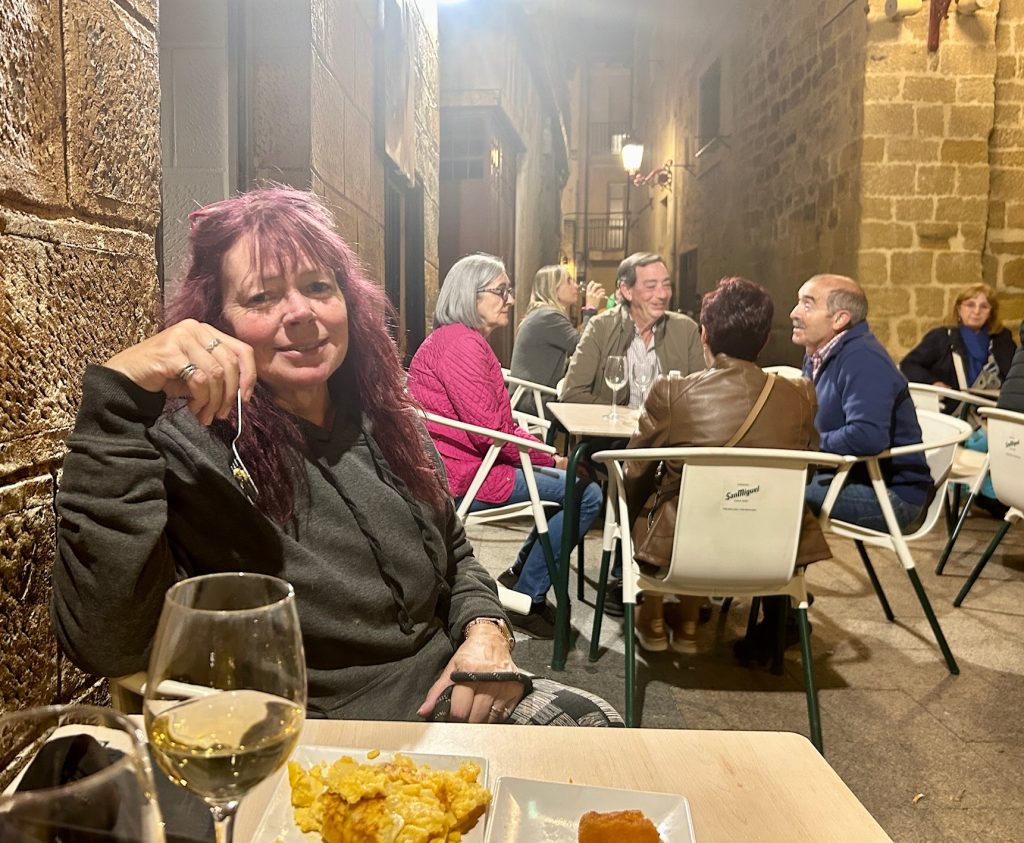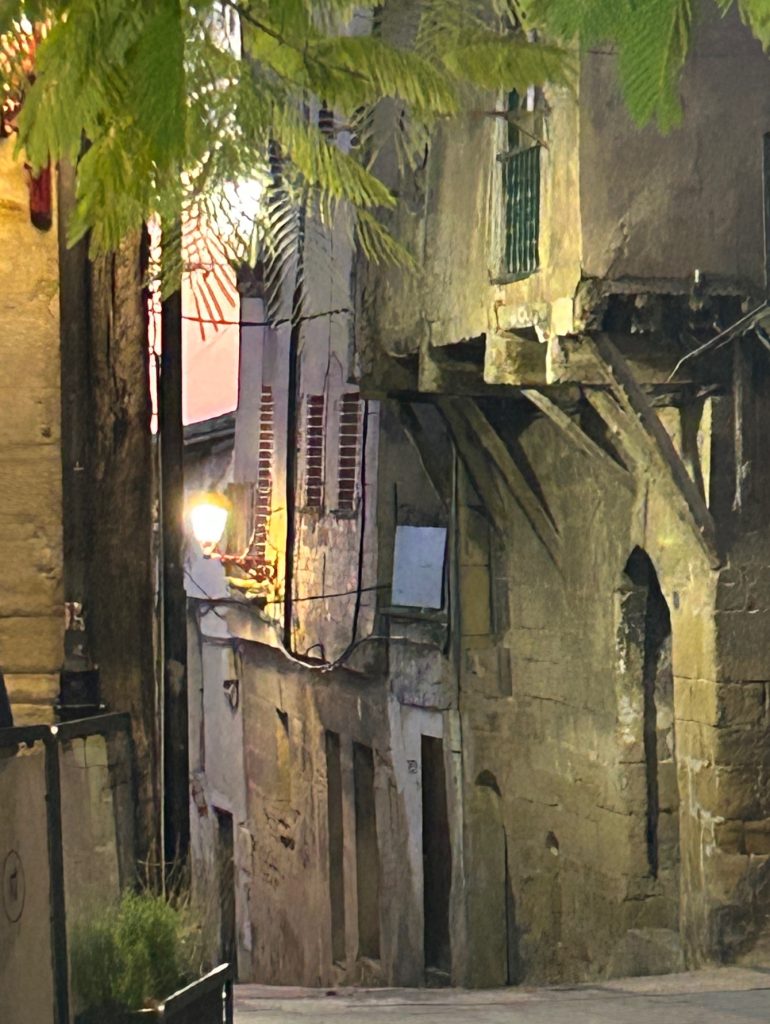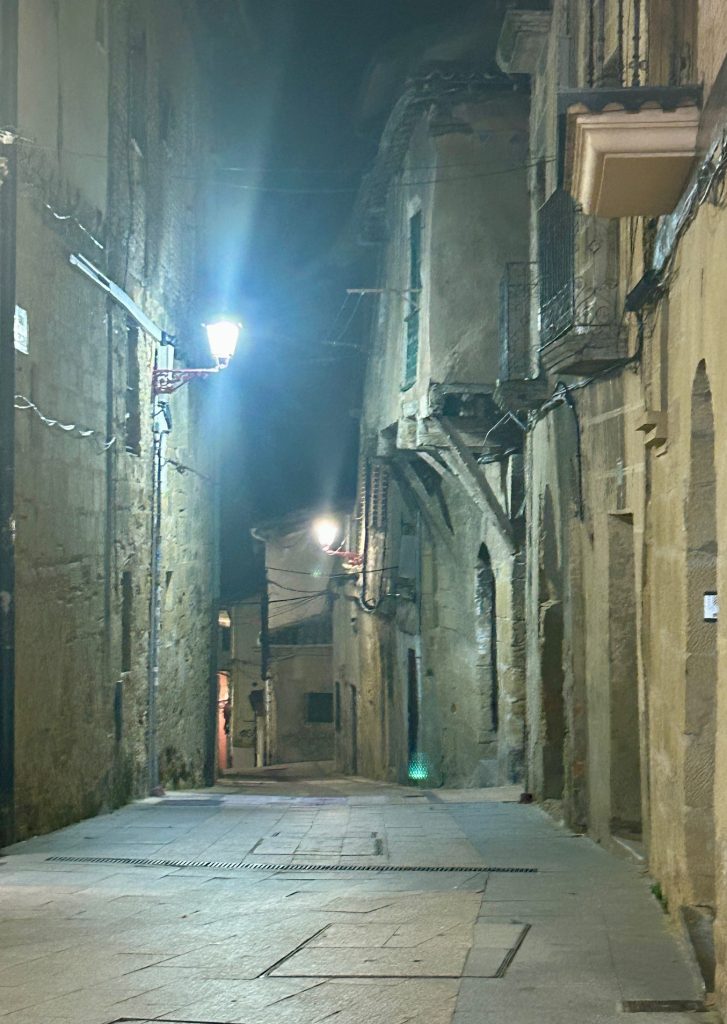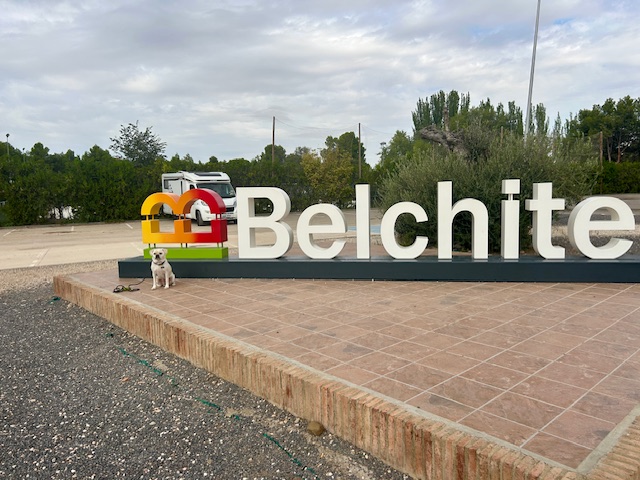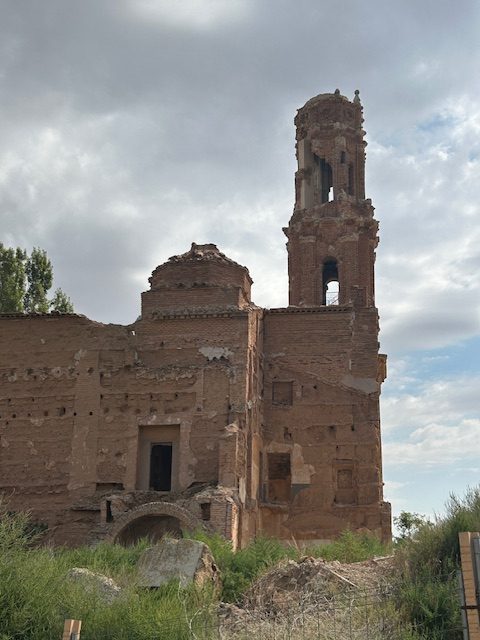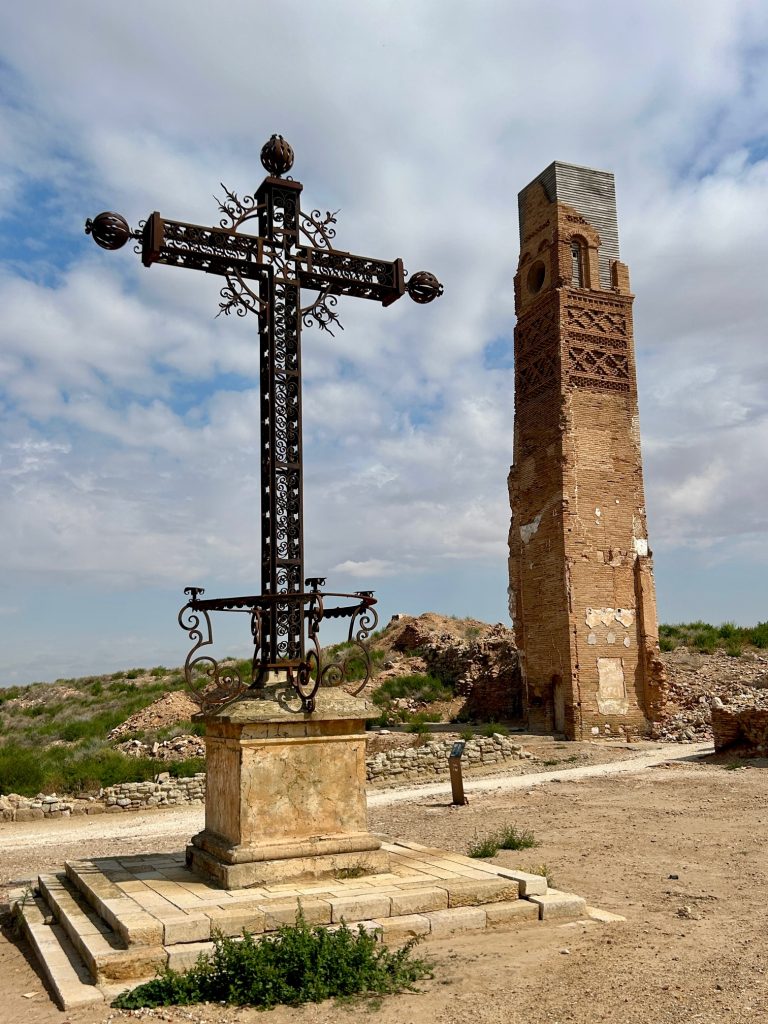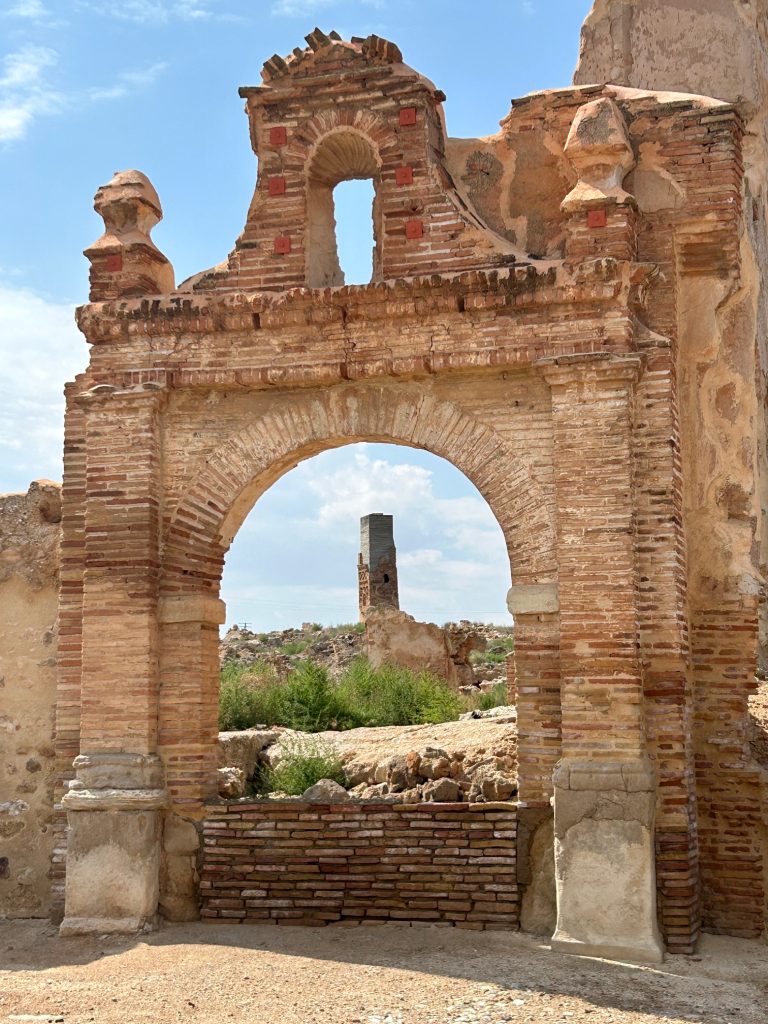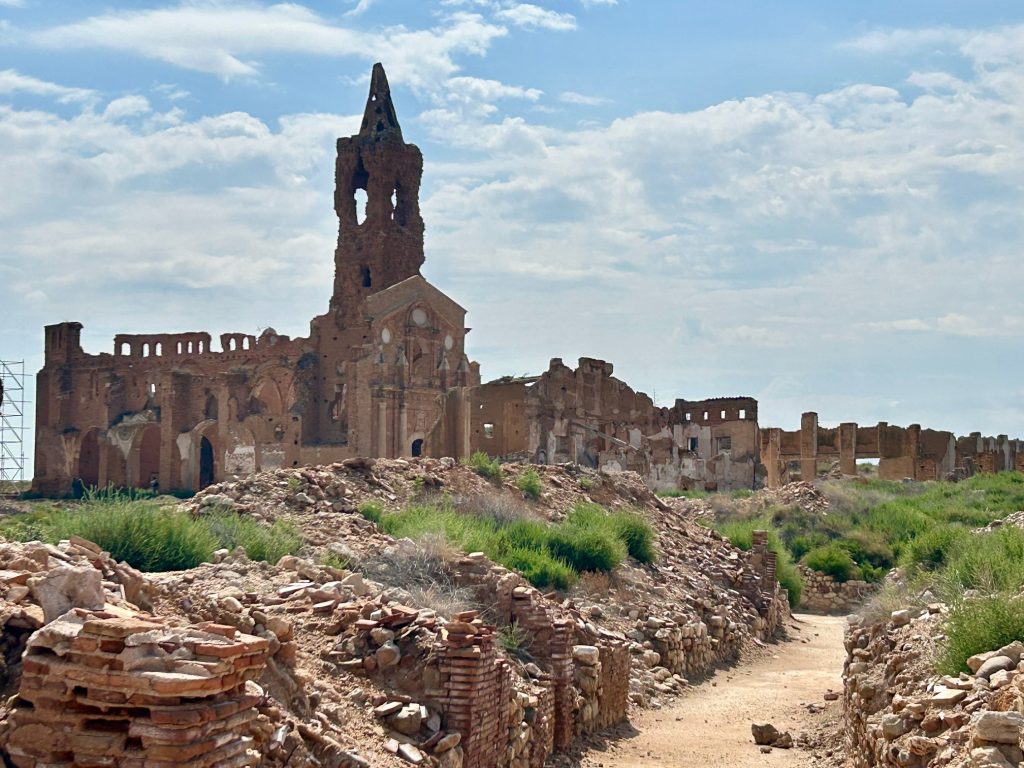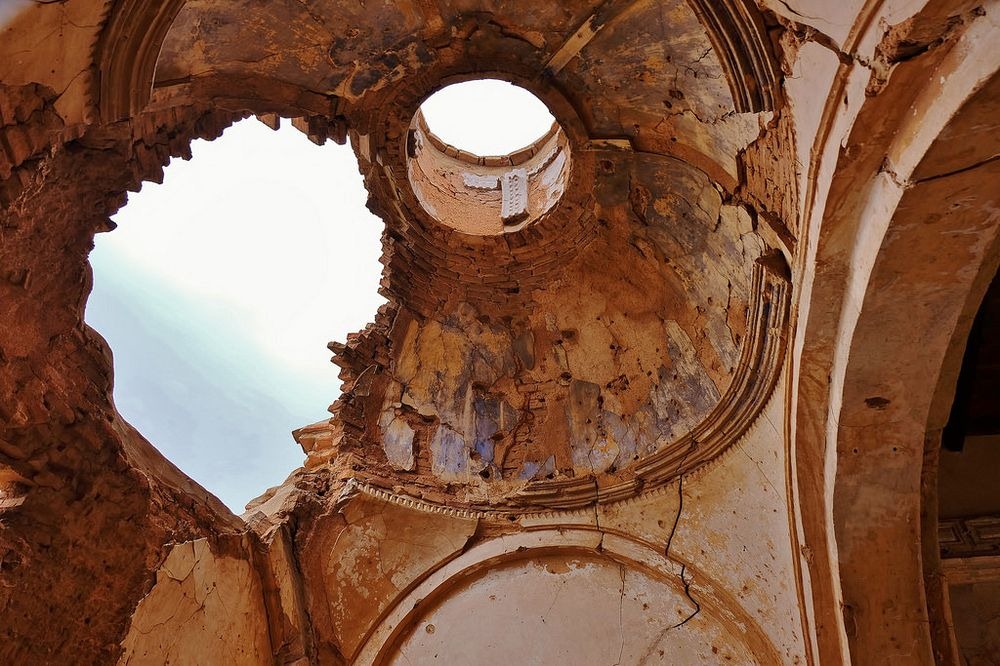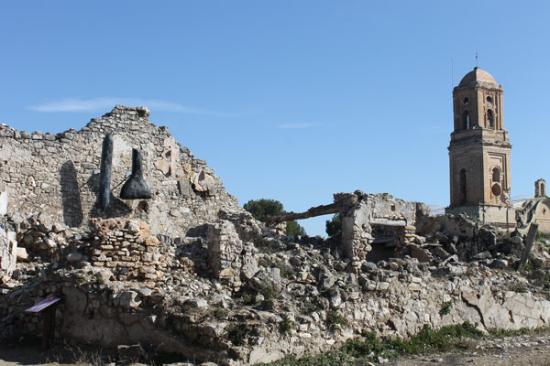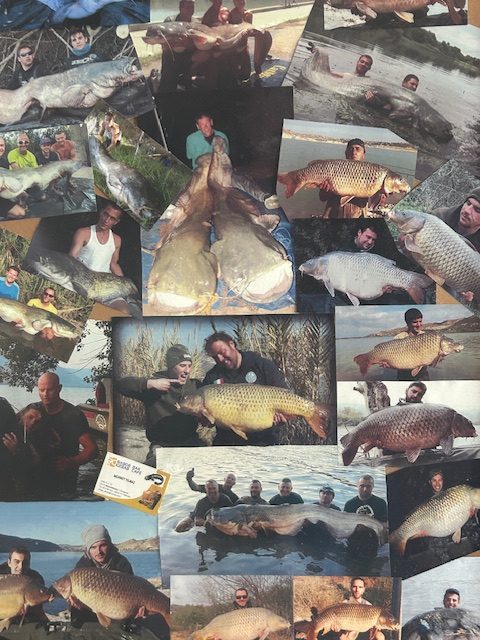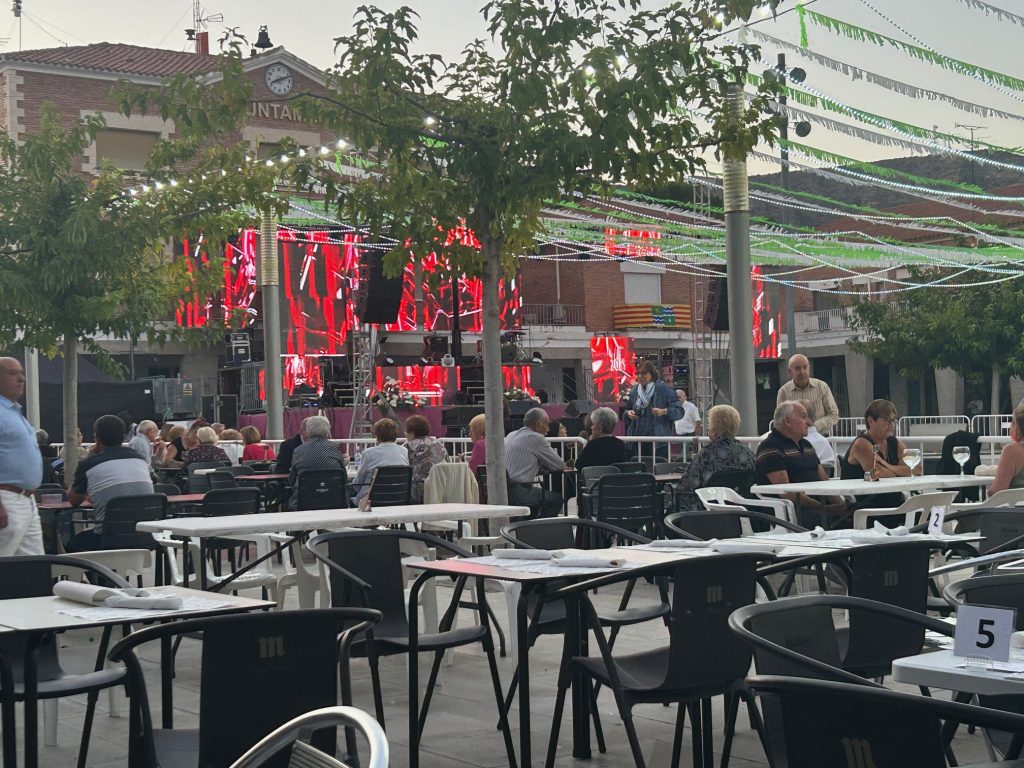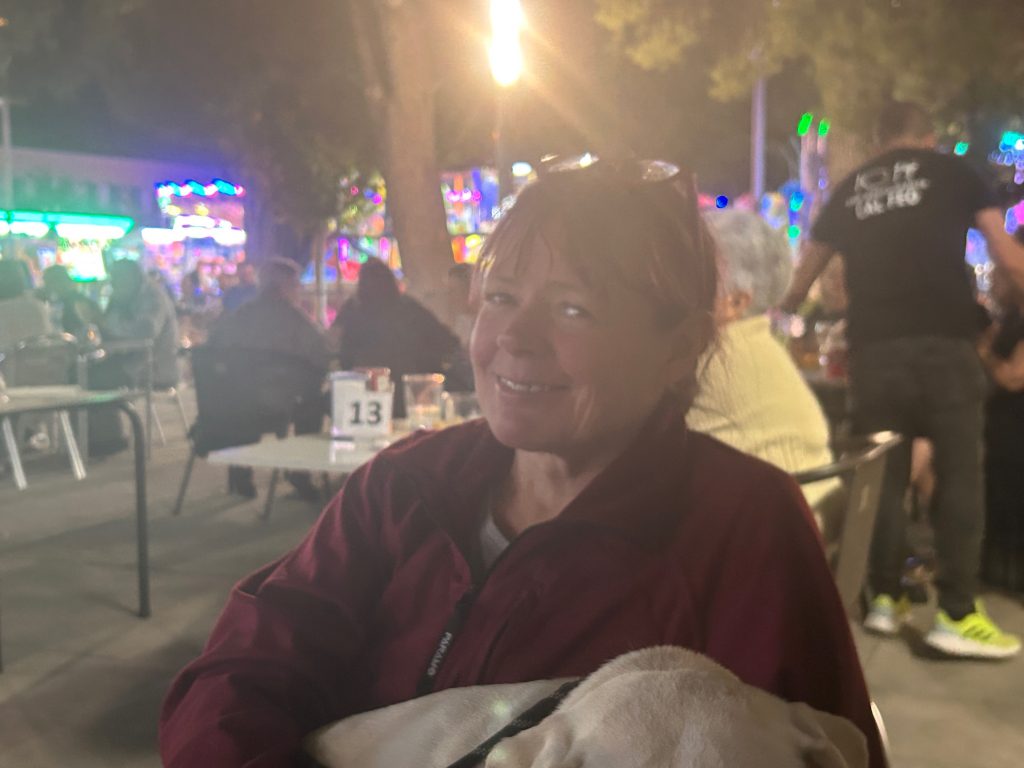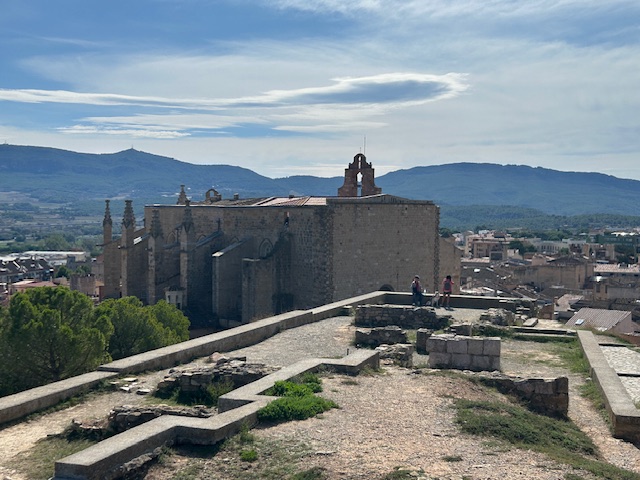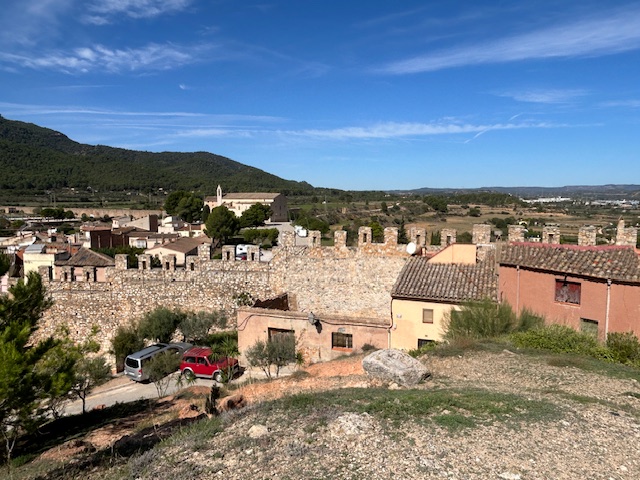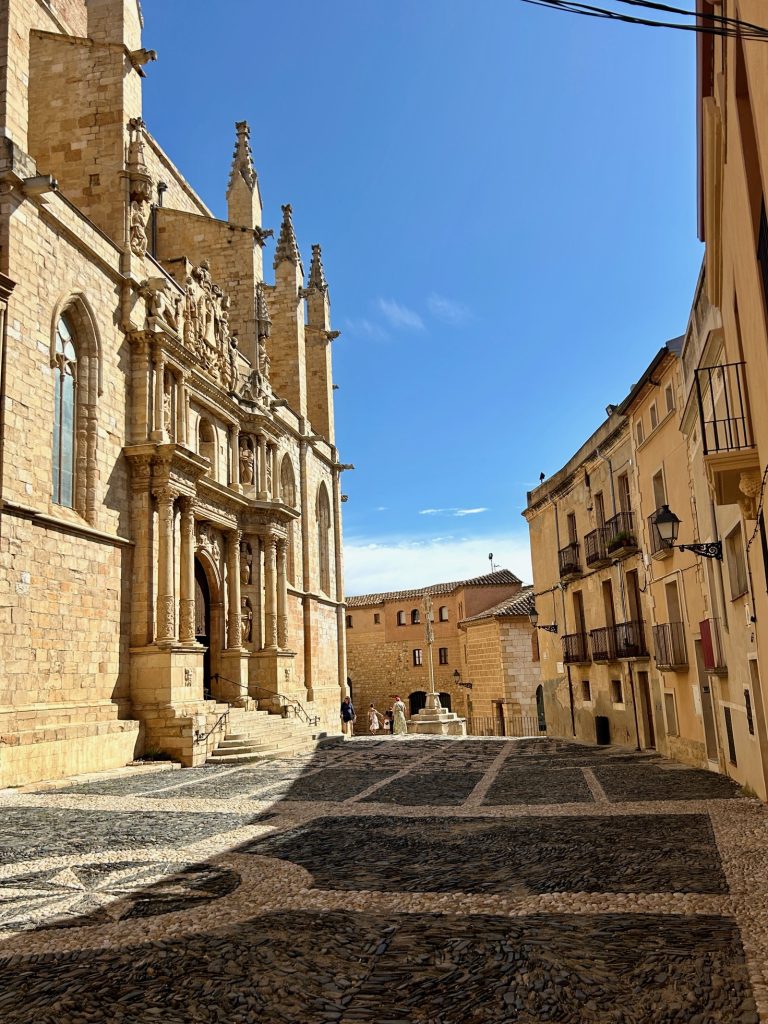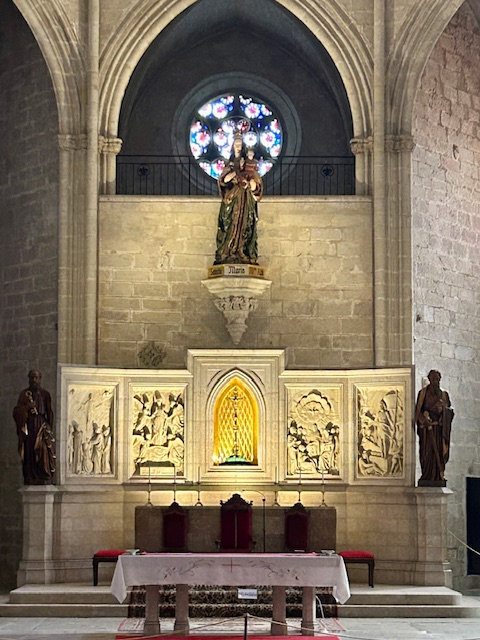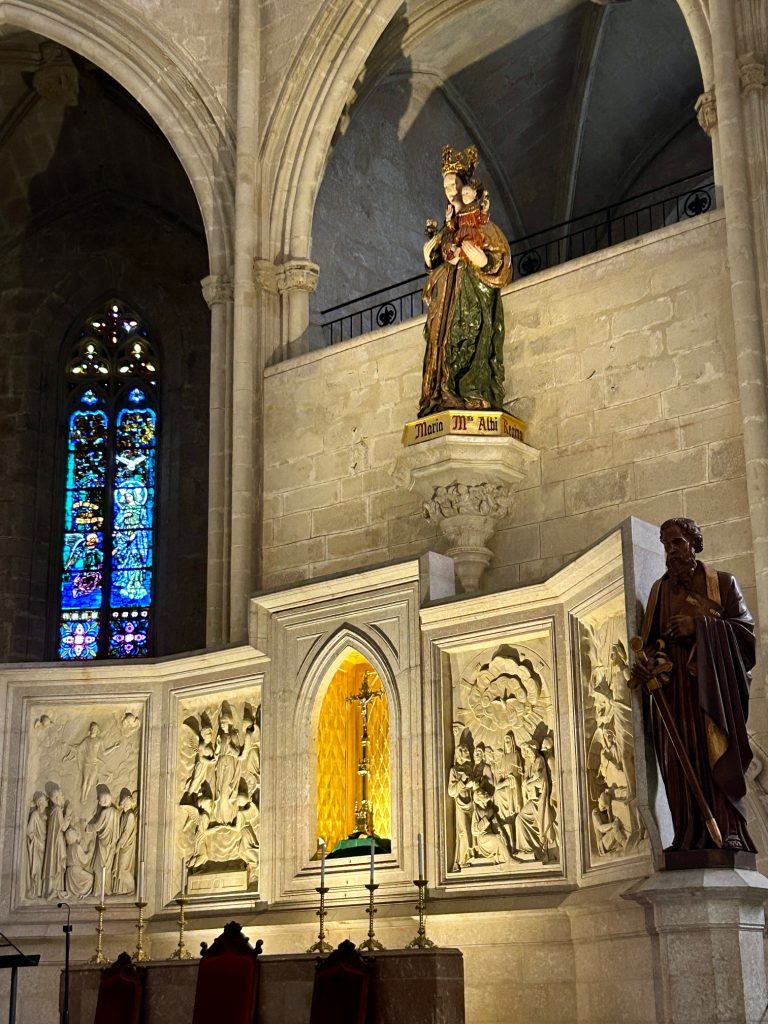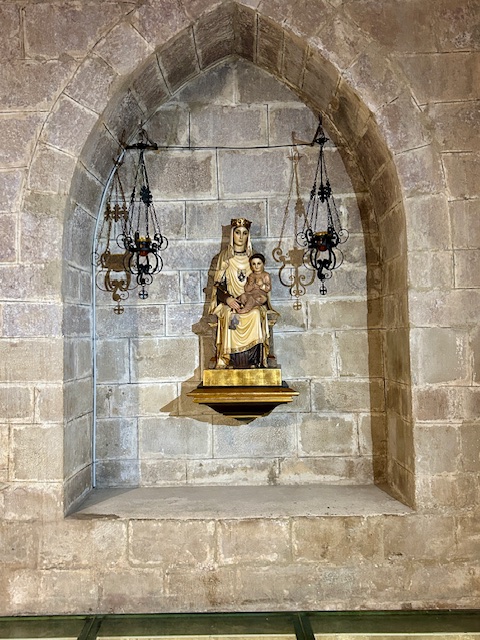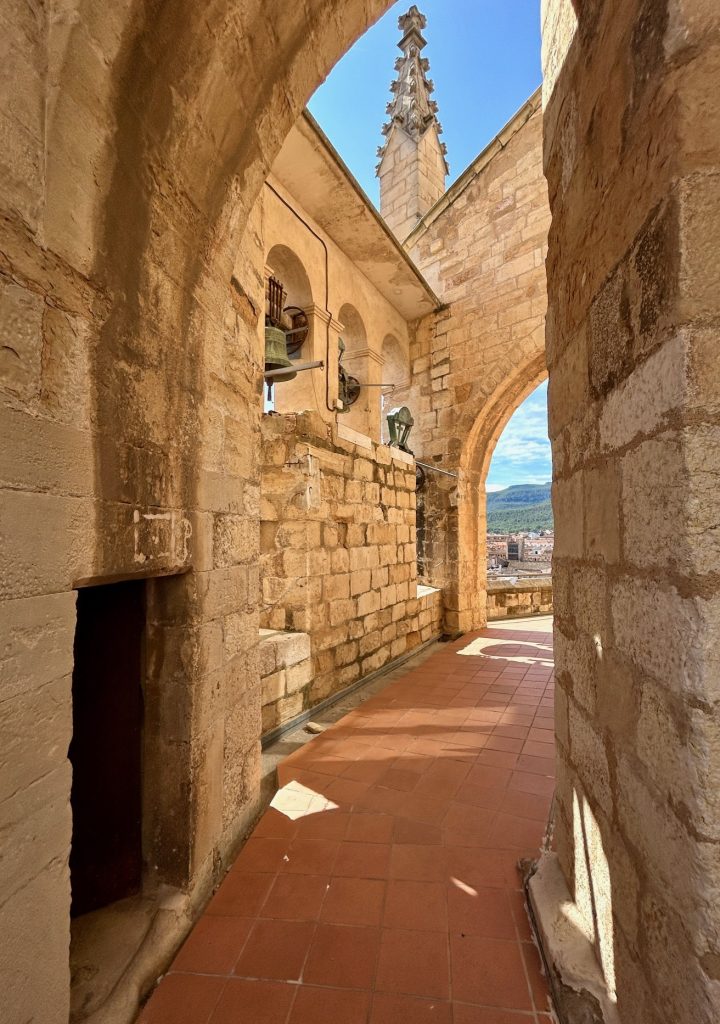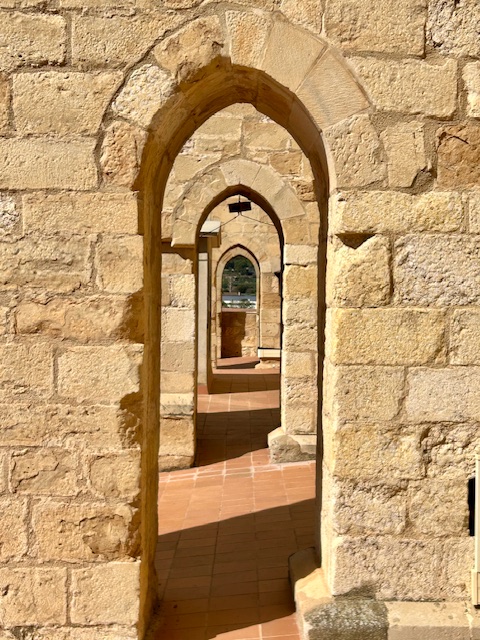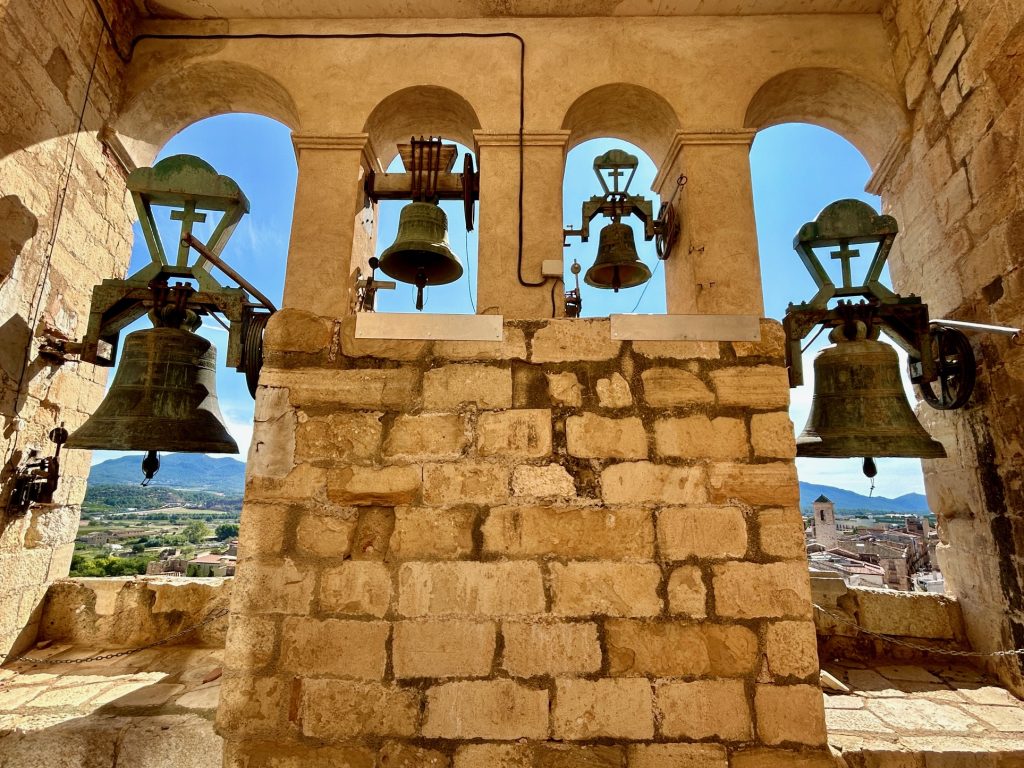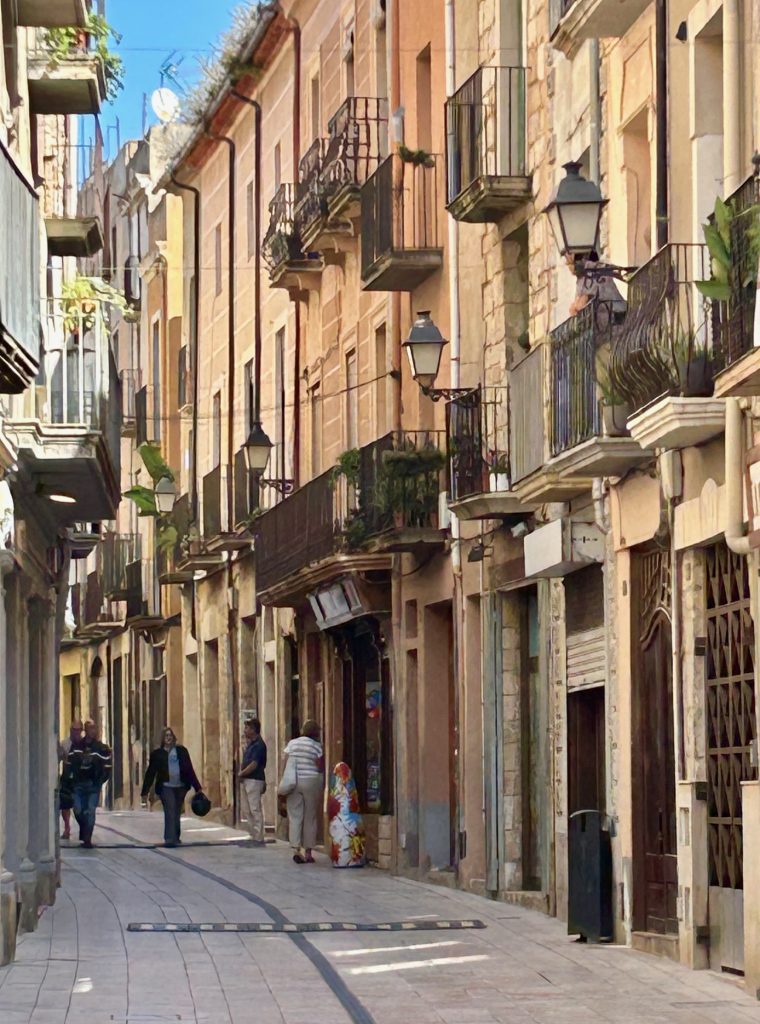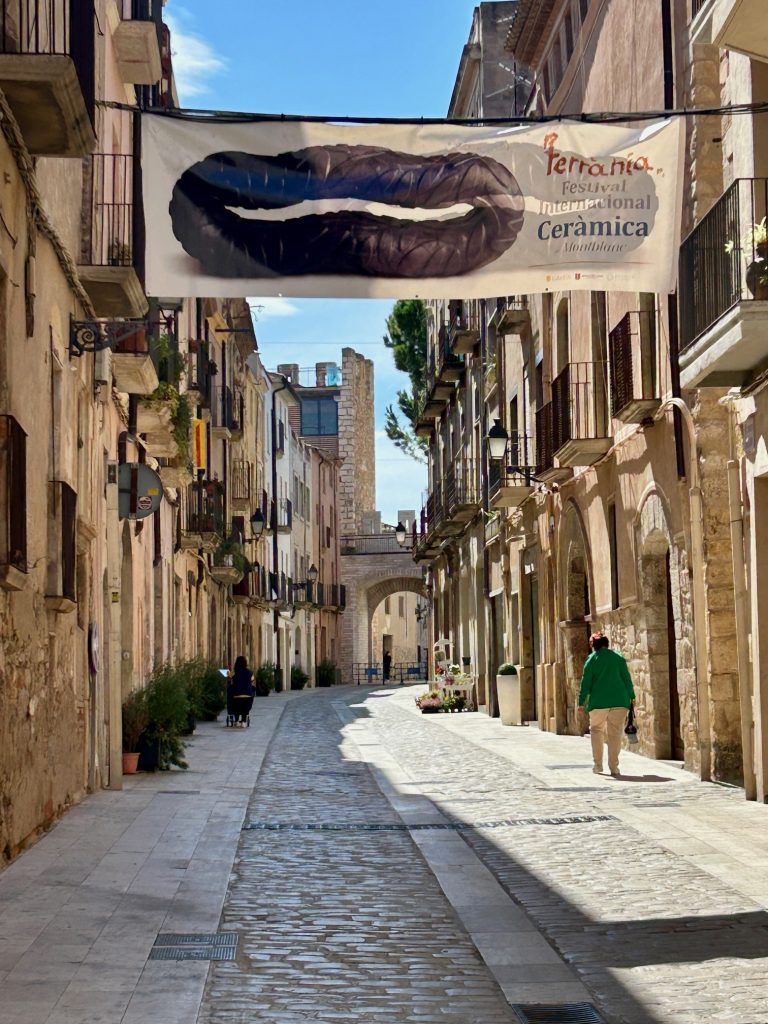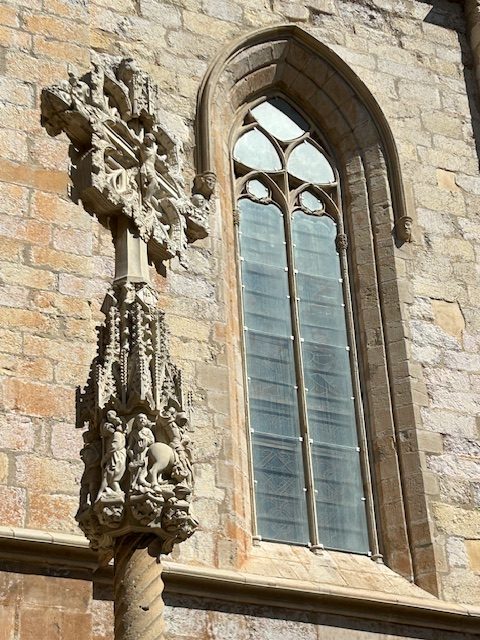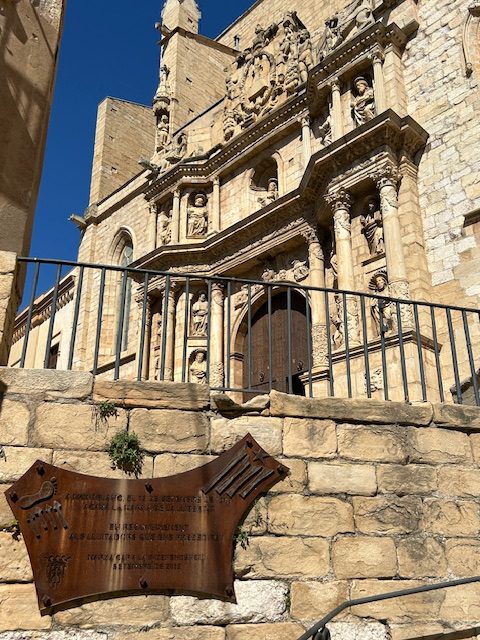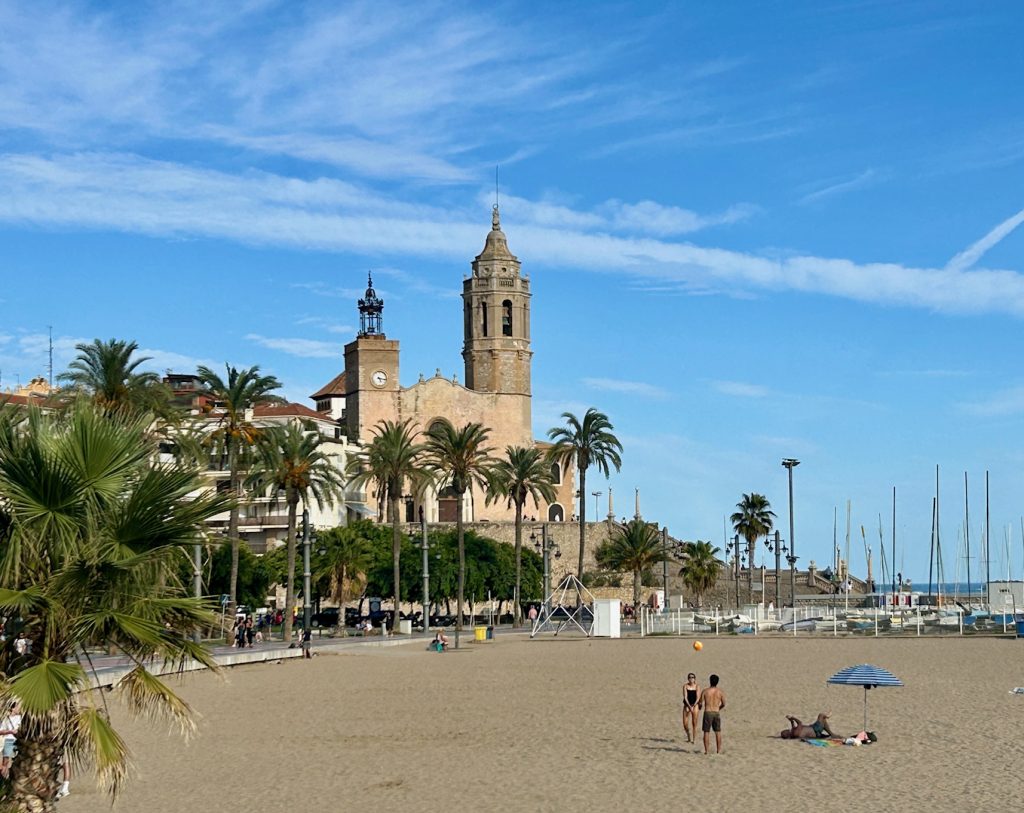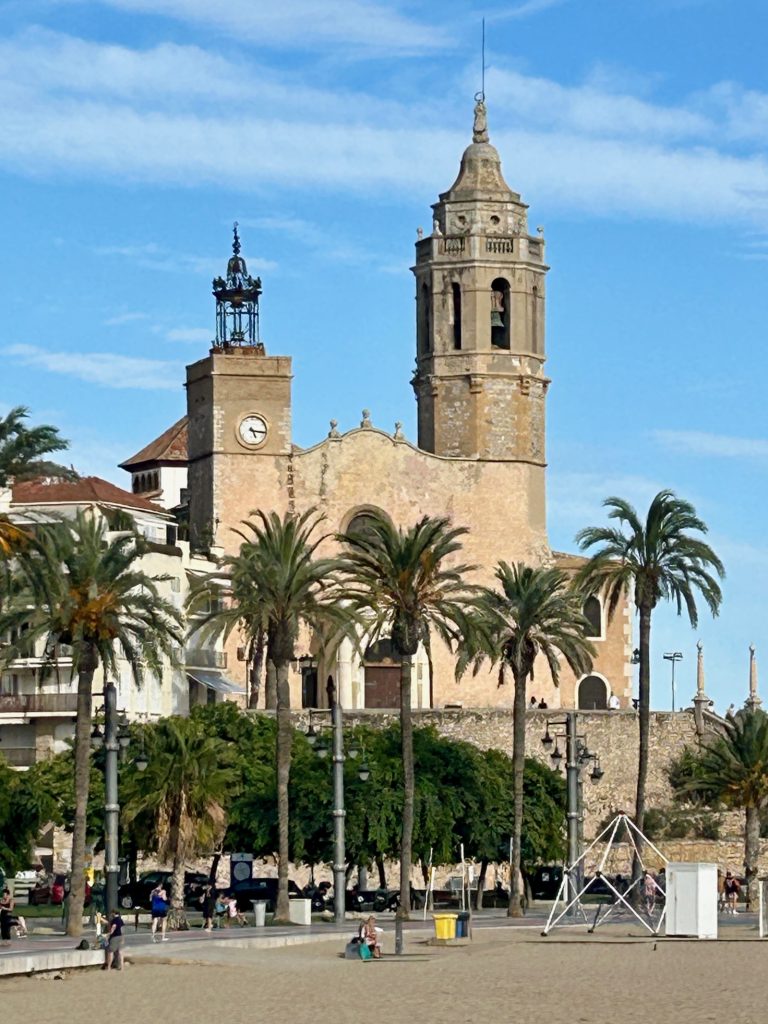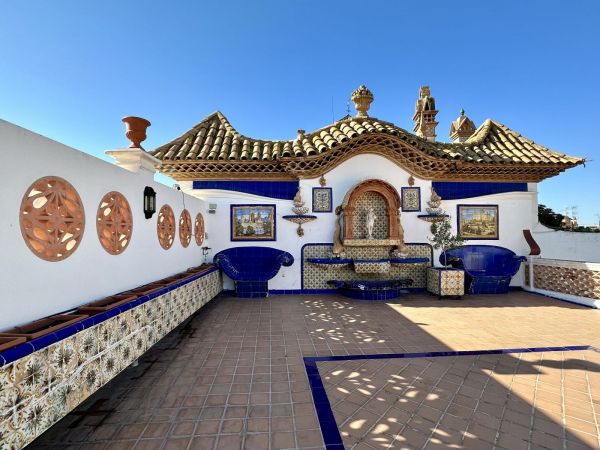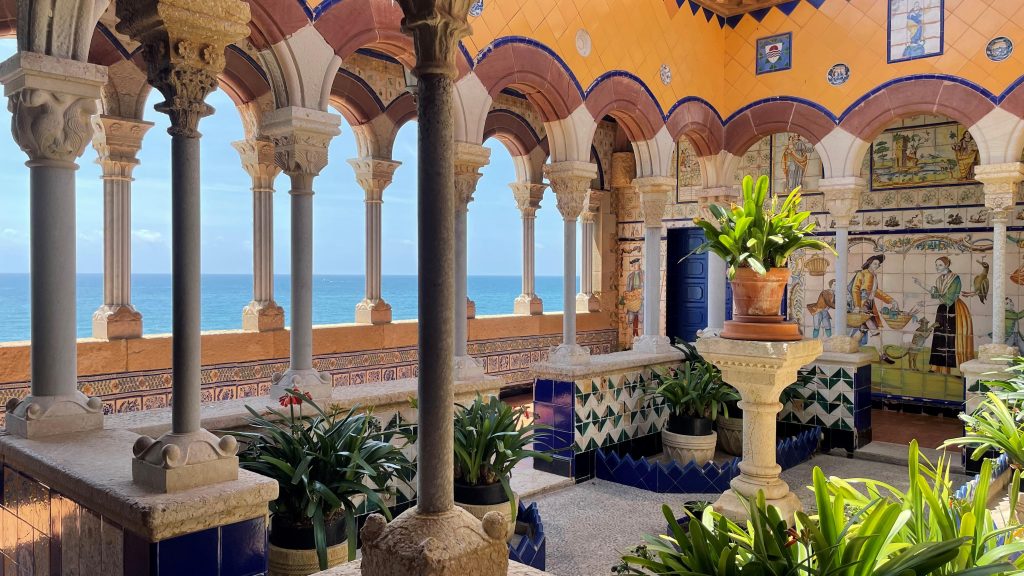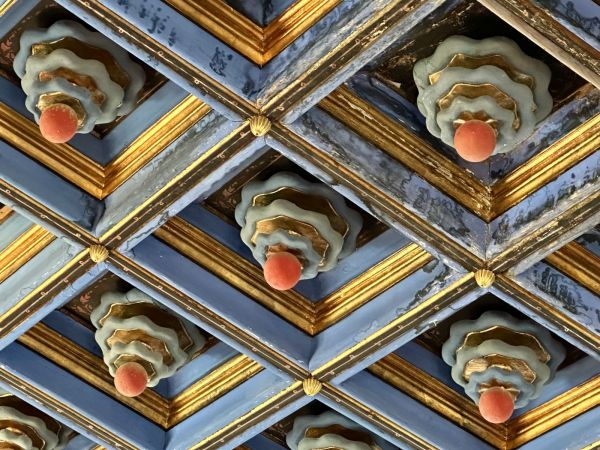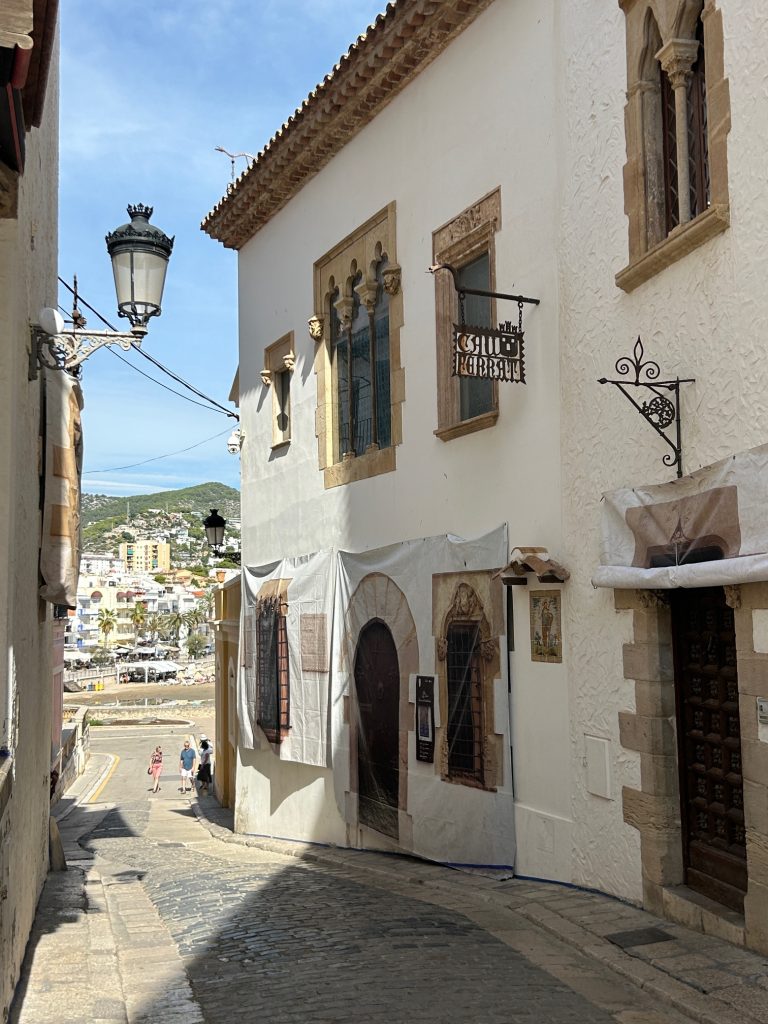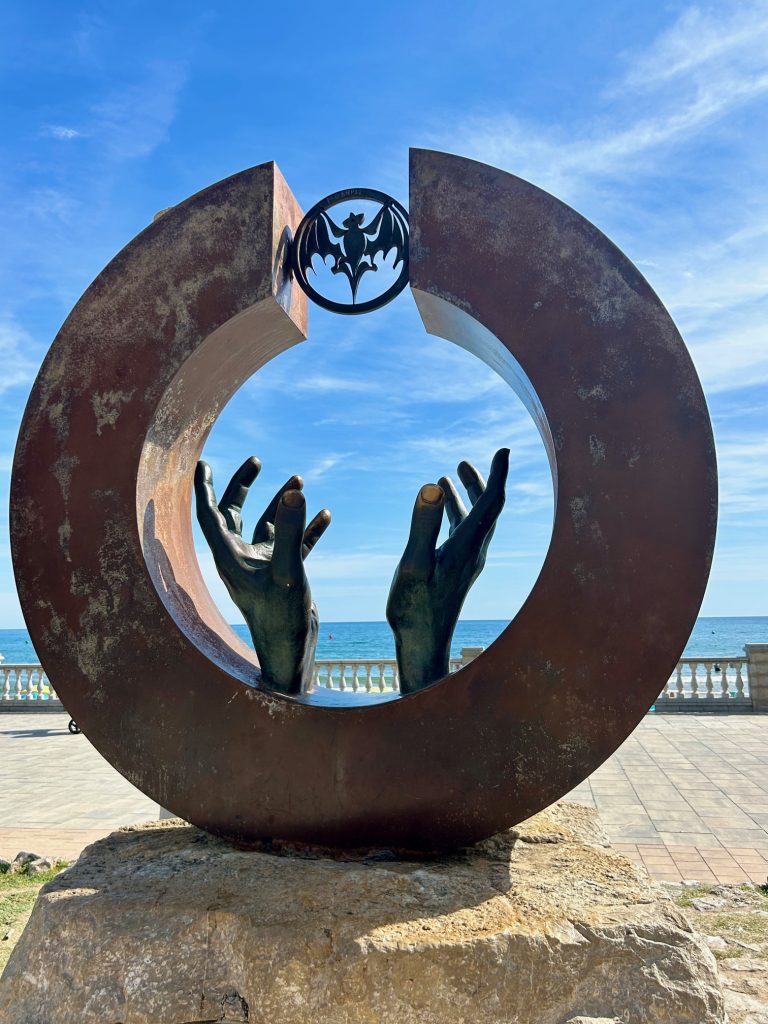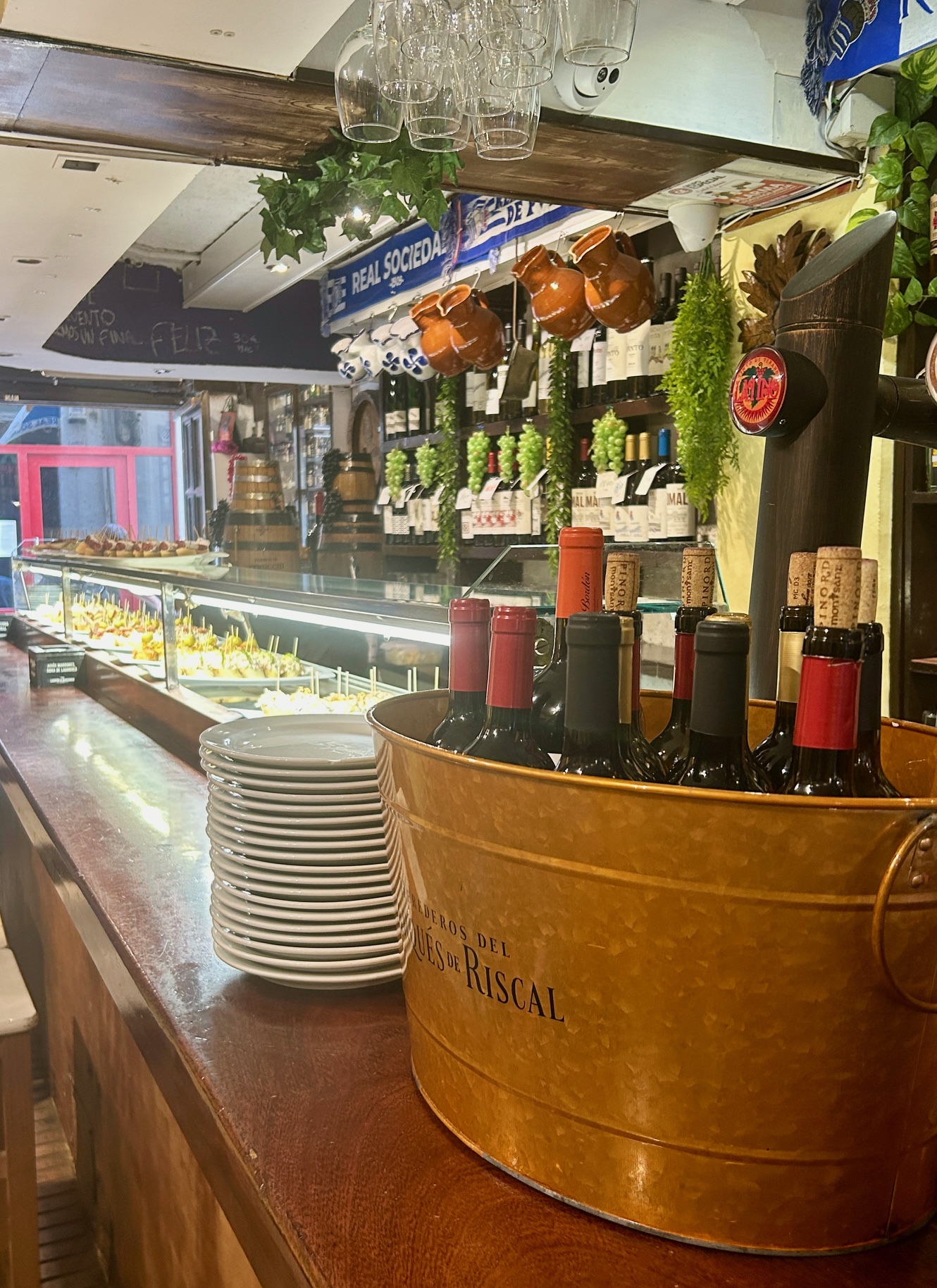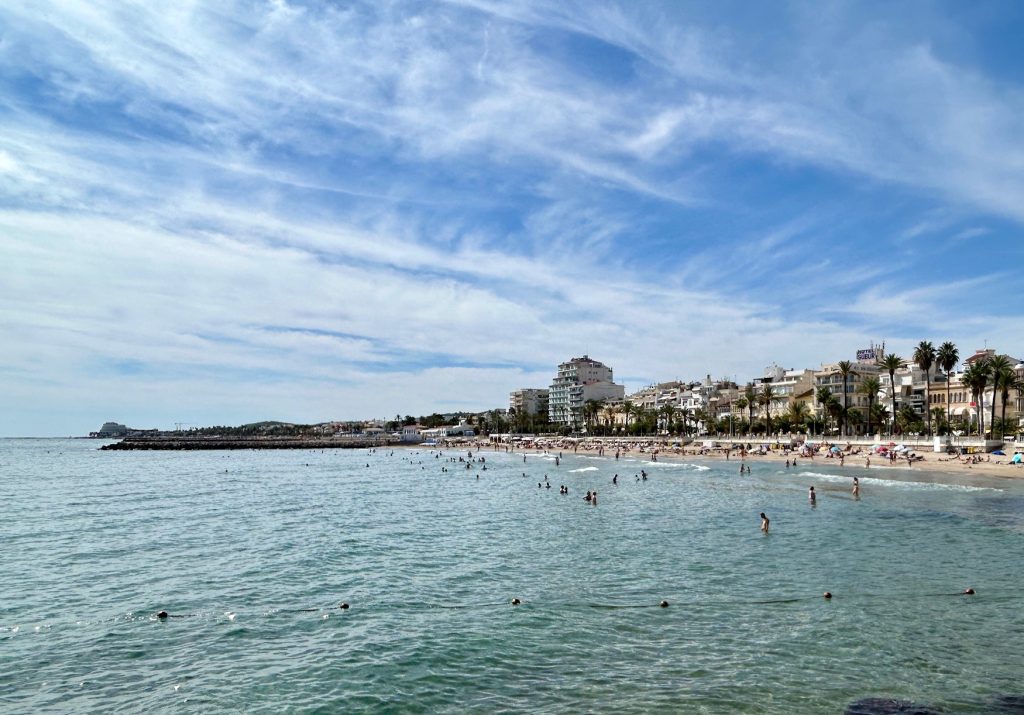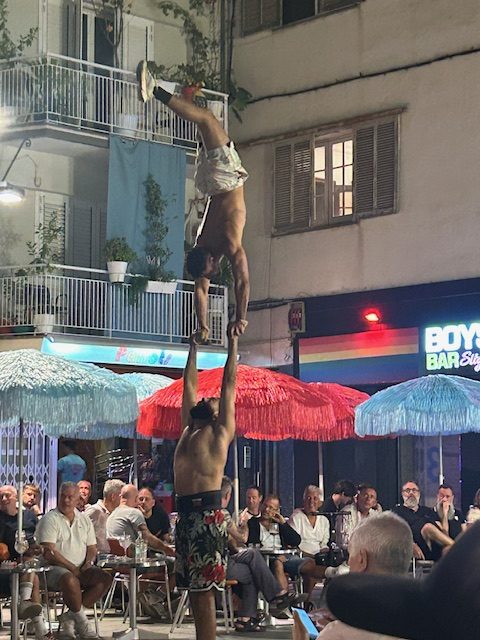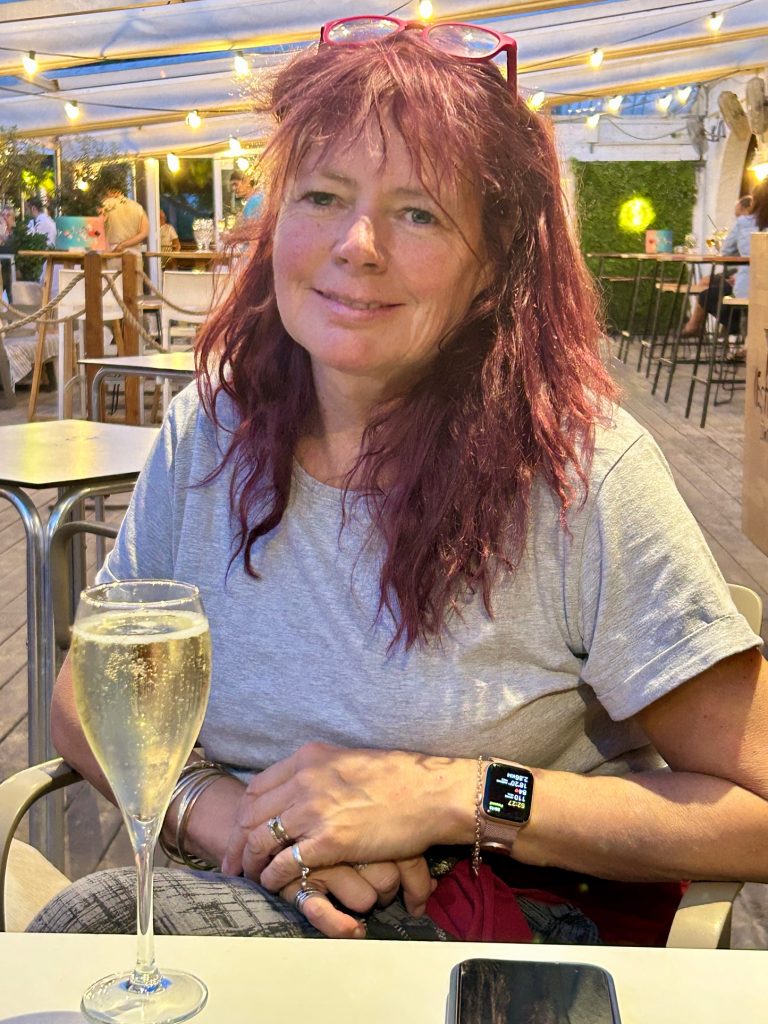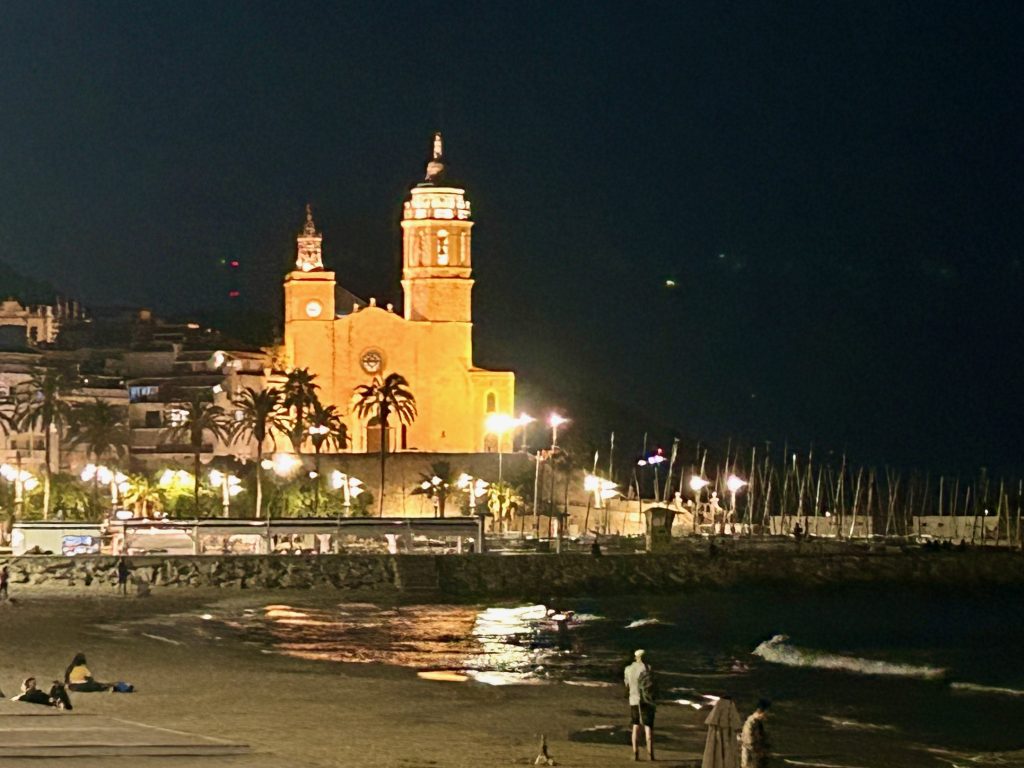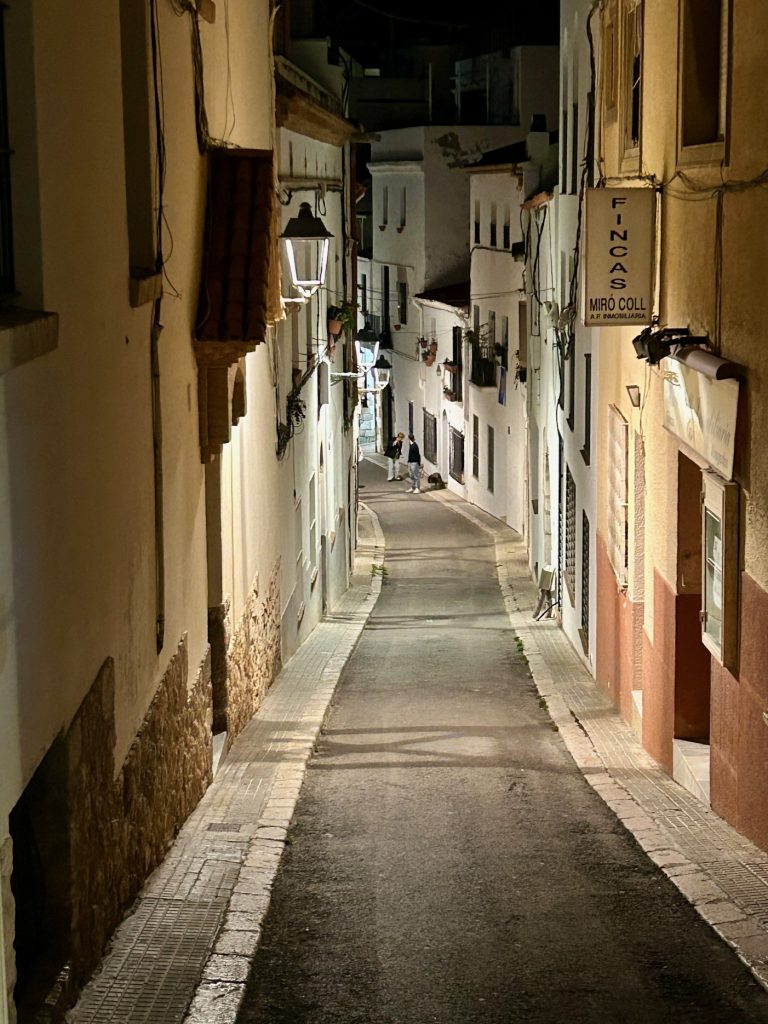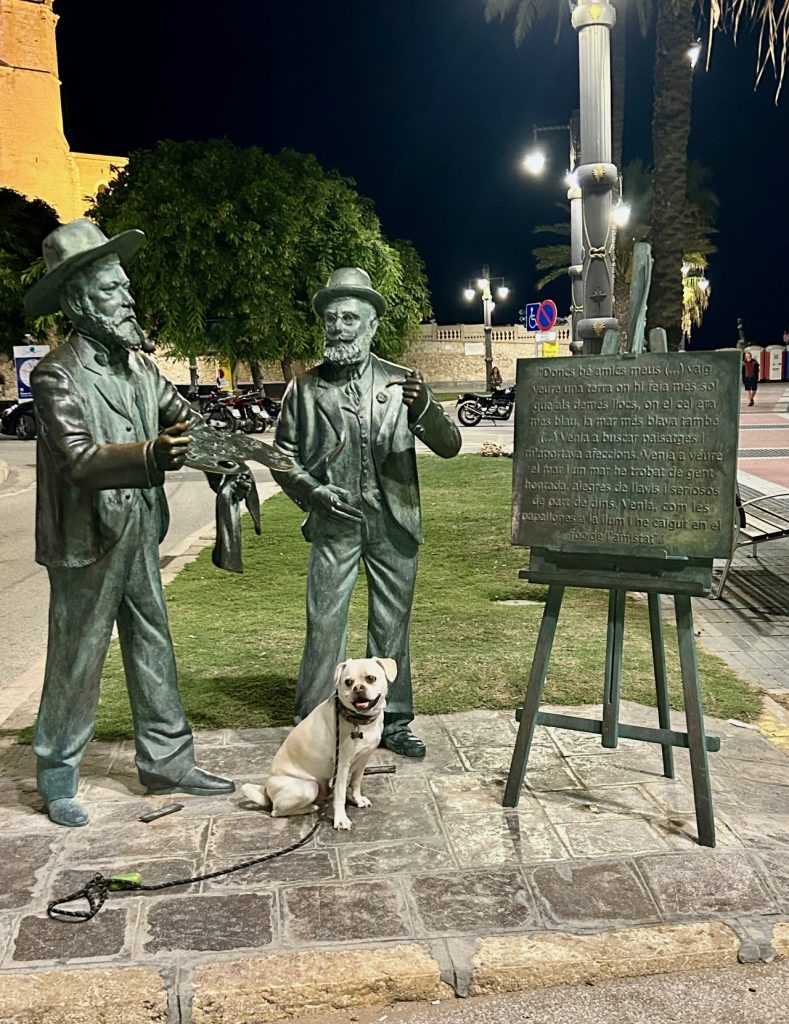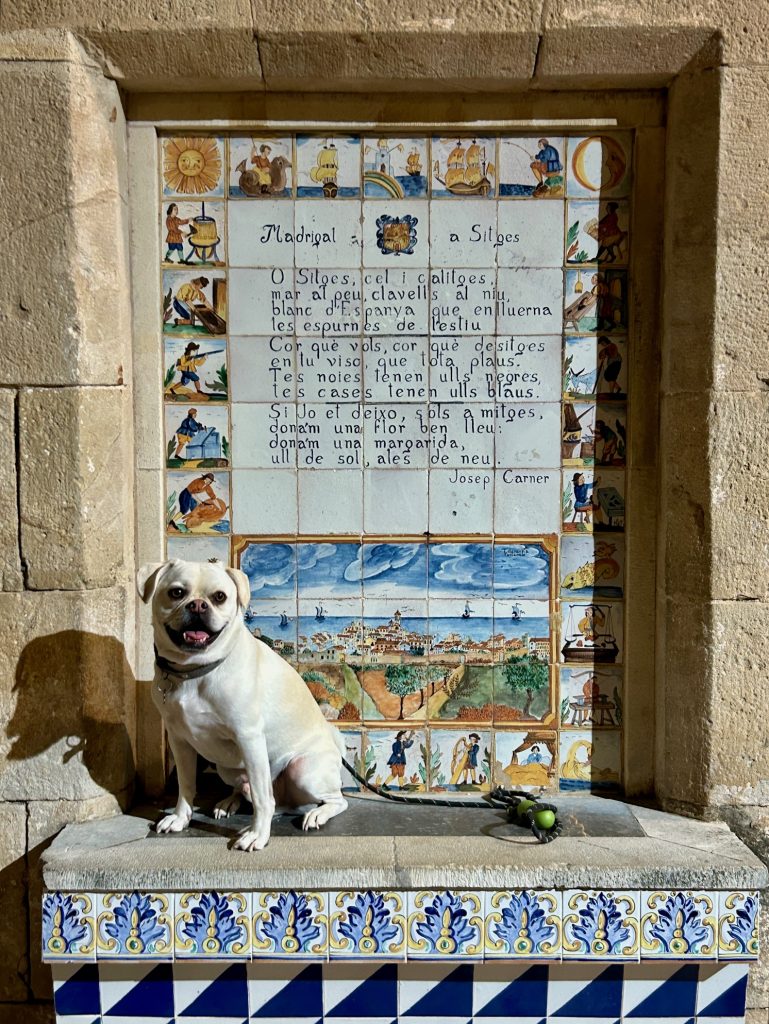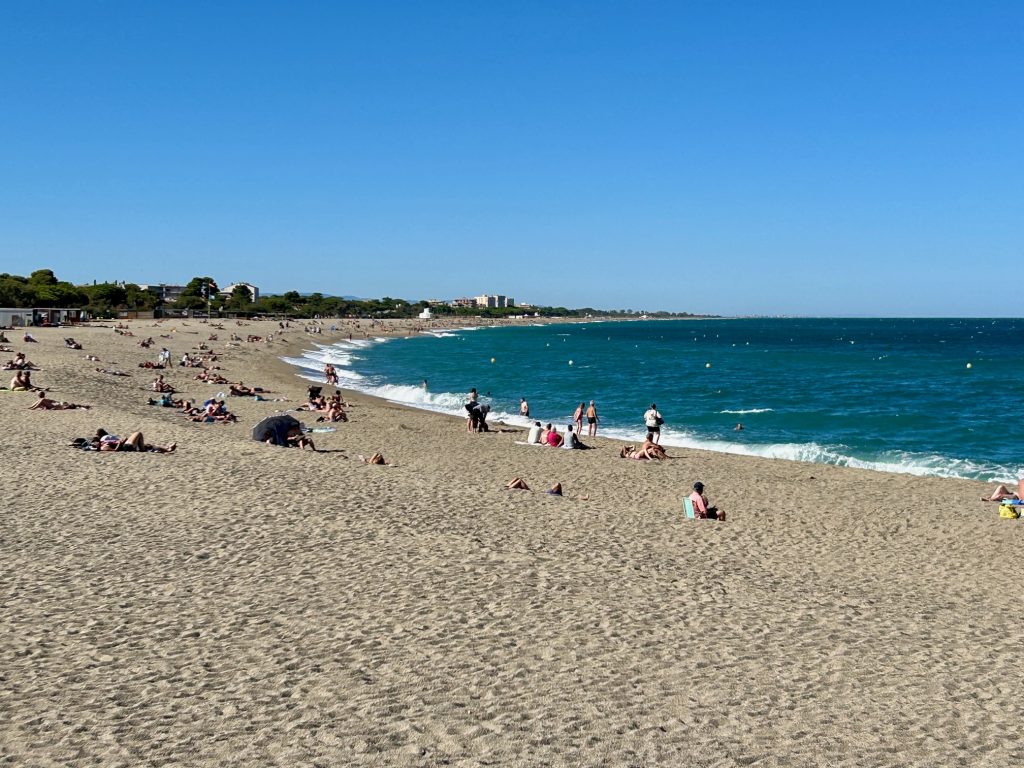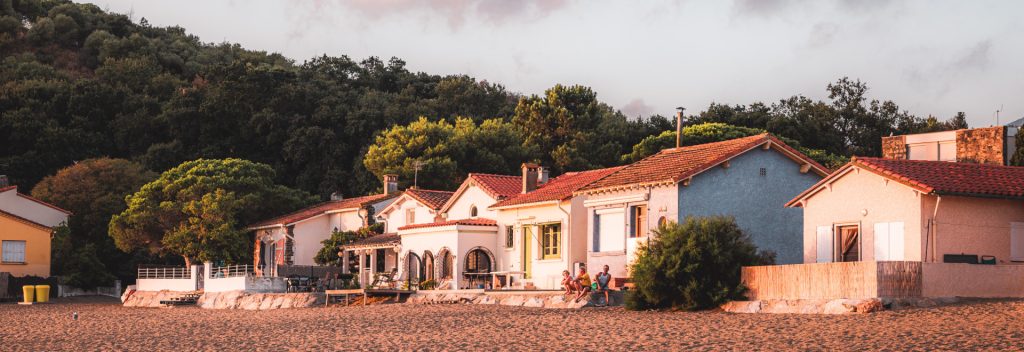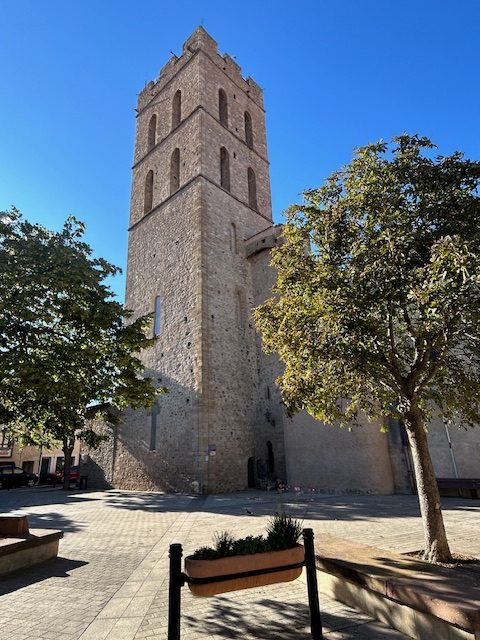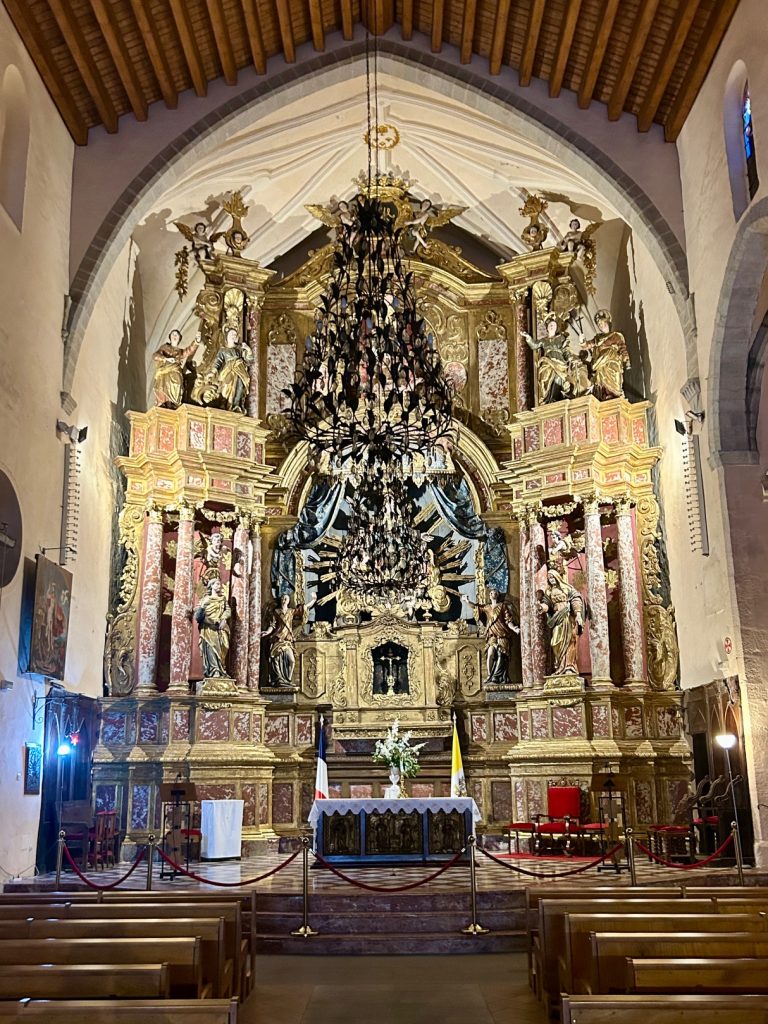A local in Canamares suggested we visit two nearby villages, Priego and Beteta. We started with Priego (the subject of an earlier blog) some 5 miles west of Canamares along the CM2023 and then Beteta which is 16 miles north east along the CM210.
Beteta is a ‘Pueblo Magico’ to be found on the ‘Rutas Magicas’. Prior to arriving in Beteta we had not heard of either the Pueblos Magicas de Espana or the Rutas Magicos but it seems they are two very much related initiatives (not unlike the Asociacion de los Pueblos mas bonitos de Espana) designed to promote toursist and developmental interest in member towns and/or regions. These are both relatively new initiatives and Beteta was one of the first villages in Castile La Mancha to be included in the network.
Of the two villages, Vanya and I preferred the much smaller Beteta; possibly because the cloudy weather had cleared by the time we arrived but more probably because it is nestled between two very spectacular settings, the Serrania de Cuenca Natural Park and the Alto Tajo Natural Park. Honestly, we found almost as much pleasure in the countryside surrounding Beteta as in the village itself. It’s truly wild with it’s huge plains, forests and gorges and it’s many rivers, waterfalls and lakes. It’s captivating just driving through it.

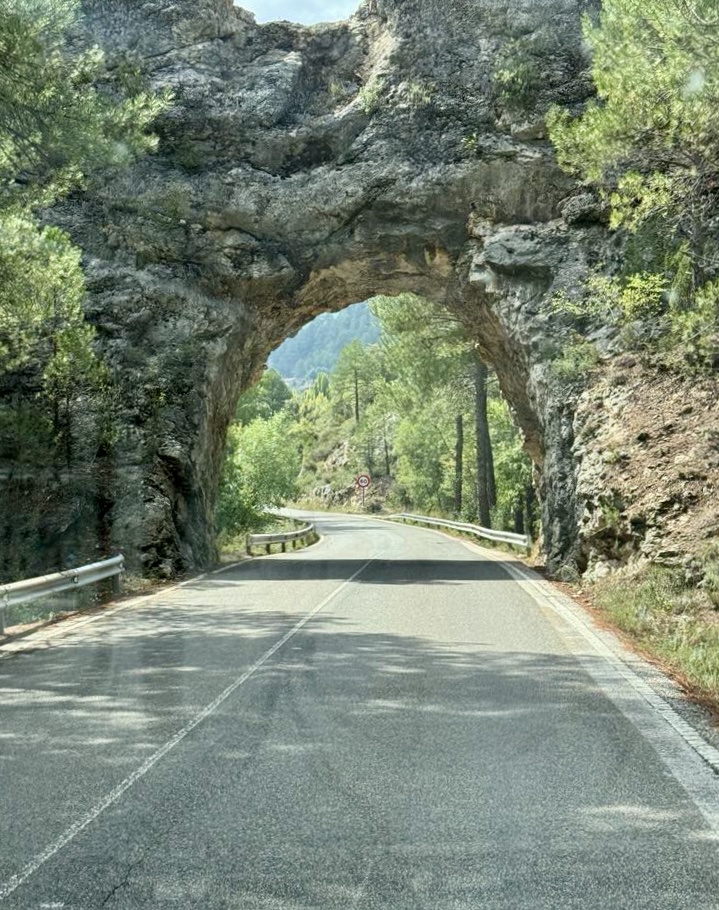

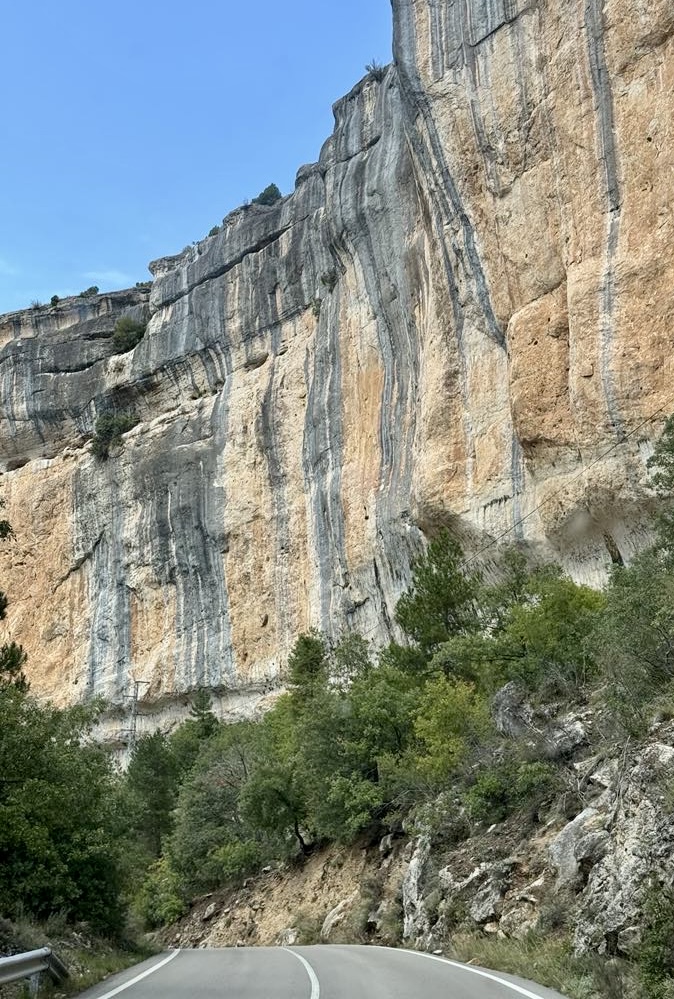
The vestiges of the 11th/12th Castillo de Rochafrida tower over tiny Beteta. This old stone watchtower, formerly an arab castle, can be seen from almost anywhere in the village.
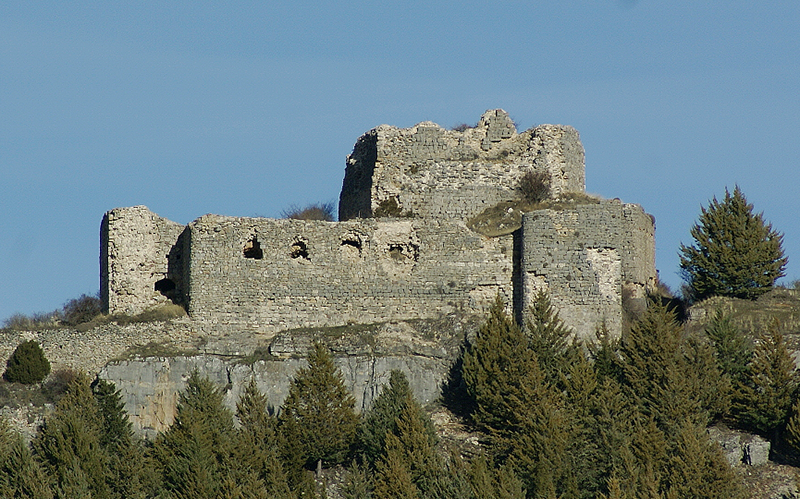
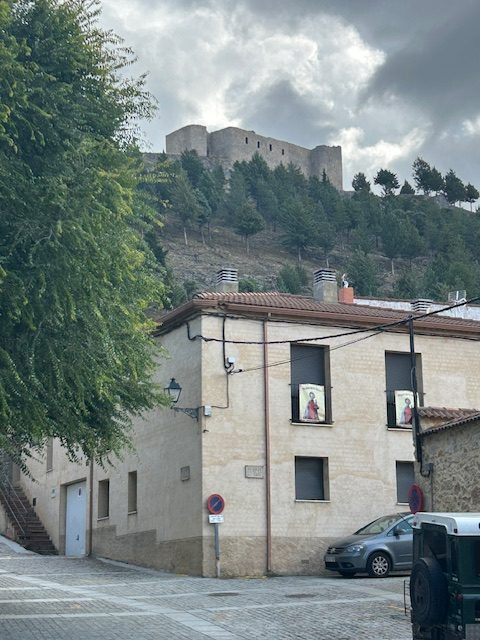

The walls that used to surround Beteta have long gone. There were three gates in the old walls but only one, the Arco del Postigo, remains. The village itself comprises two cobbled main streets, the Calle de Fernando el Catolico (which leads on to Calle Real) and the Calle de Isabel La Catolica. They run almost parallel with each other and are joined by a number of connecting lanes.
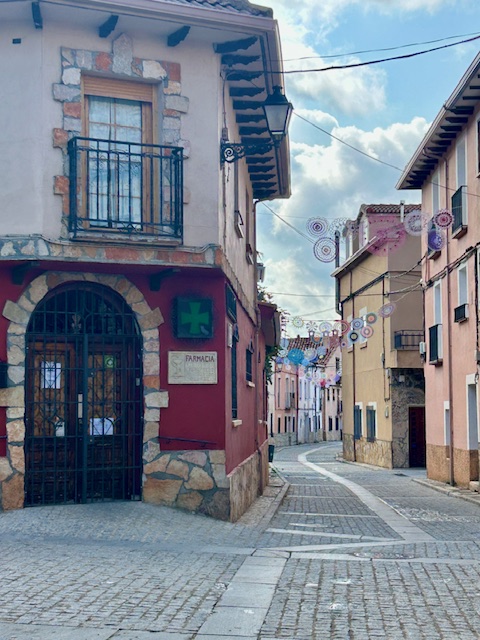

The village church (the Iglesia Parroquial Nuestra Senora de la Asuncion) is on the Fernando el Catolico. This 15th century limestone church is quite plain on the outside but inside, it is very special. The congregation was gathering for a Sunday service as we arrived and I had time for just one photo of the inside of what has been described as “the noblest religious building in the whole of the Serrania de Cuenca”.
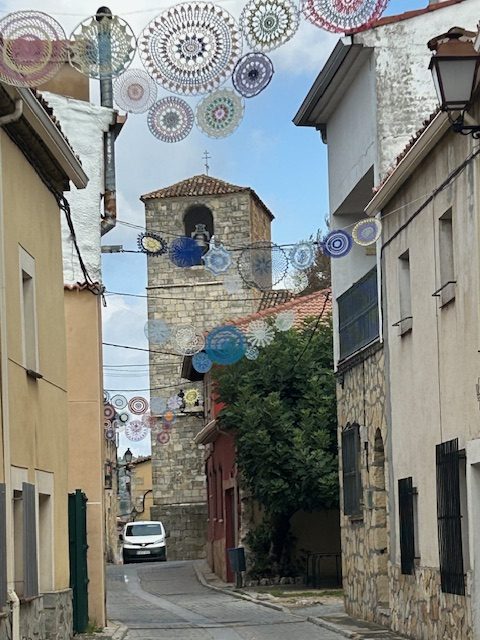
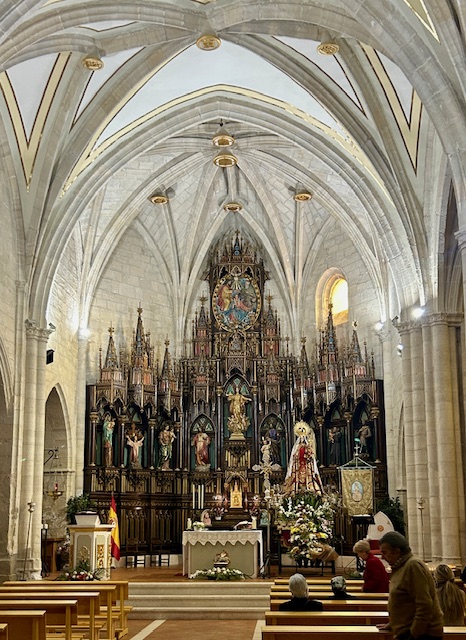
From the church we made our way down one of the connecting lanes to the Calle de Isabel La Catolica and the Plaza Mayor. There’s a very attractive bar on the square (the Bar Paraiso), complete with wonderful wooden balcony, and it was time for a spot of lunch.
We sat outside in the sunshine opposite the bar for the best part of an hour enjoying Manchego and cups of fresh coffee (I had to drive and it was too early for Vanya to want alcohol). Surprisingly, there were almost as many of the townspeople enjoying a drink on the square as I had seen gathered in church for the service. I guess the catholic church even in Spain doesn’t have the influence it used to have. I did smile when the number of people drinking on the Plaza Mayor almost doubled as the Sunday service finished.

We both enjoyed our brief lunch outside the Bar Paraiso but it was time to move on. The chap in Canamares had also suggested we visit a local beauty spot very close to Beteta, La Laguna de El Tobar.
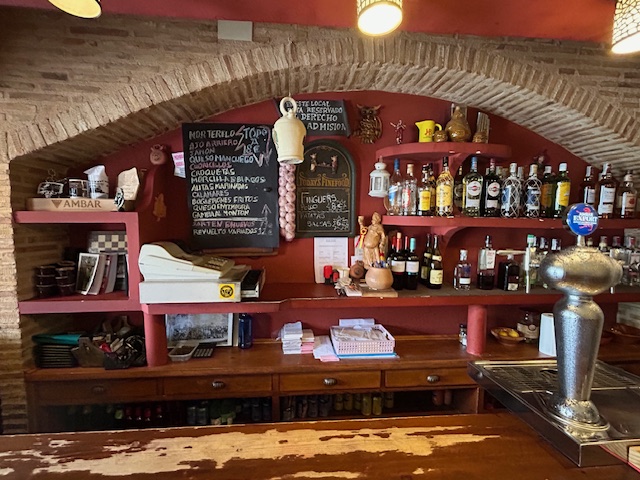
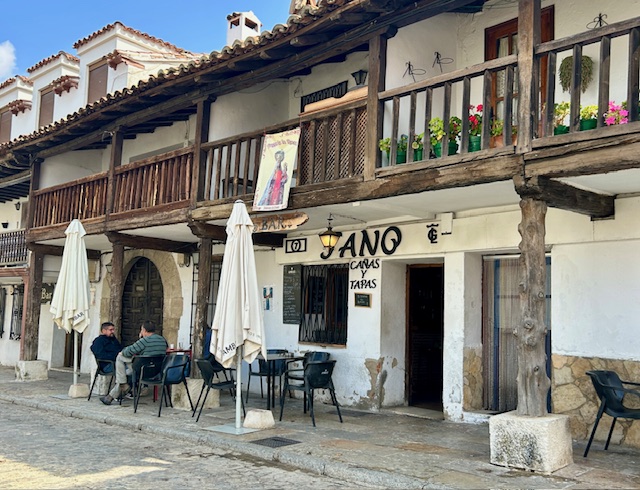
The Tobar Lagoons just two kilometres from Beteta actually comprise a group of three very unusual lagoons (La Laguna Grande, La Laguna Pequena and Laguna Ciega). They are unusual in that the bottom of each of the lagoons is impermeable which means, effectively, they don’t drain. It’s waters are fresh on the surface but from 12 metres down they are salty (three times as much as the sea). This difference in density is such that the saltwater and freshwater cannot mix.
We parked at the tiny hamlet of Tobar and then walked a final kilometre to Laguna Ciega with Nala doing splendidly in her walking wheels and me moving much more slowly while musing over whether fish could survive in the lakes and, if so, whether they would be freshwater or saltwater fish. I still don’t know.

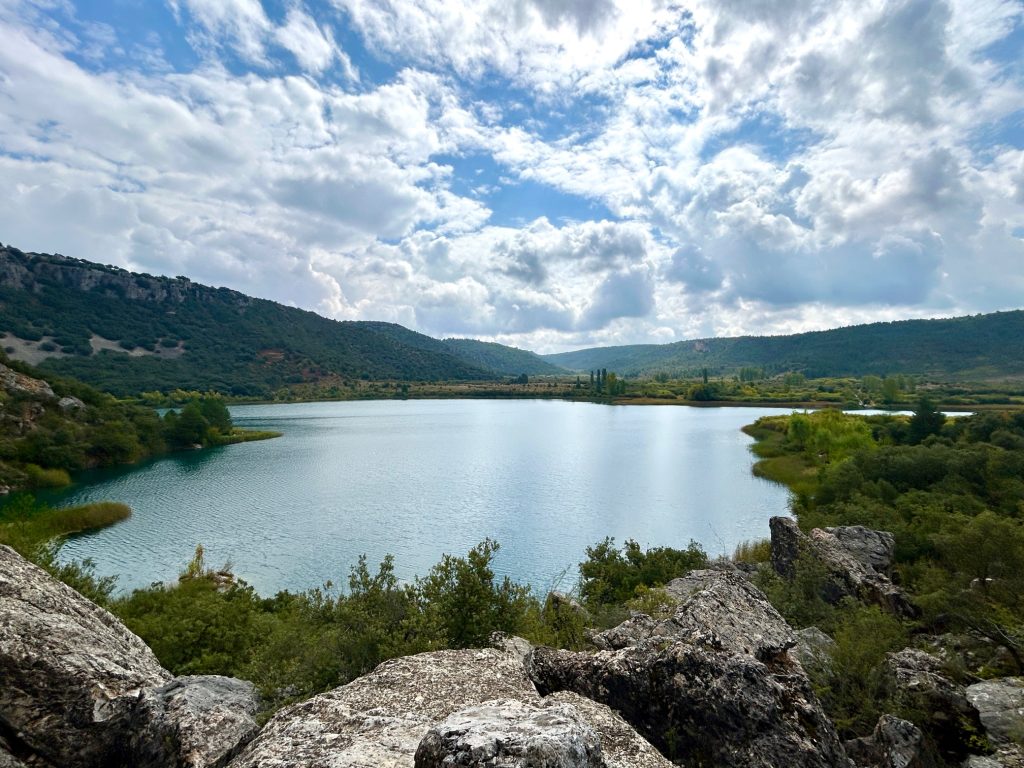
We’d spent a couple of really interesting days in and around Canamares but we were now more than three weeks into Tour 10 and keen to experience a little luxury. Our next stop would be in a hotel in Cuenca City for a couple of days.

